 | –≠–ª–µ–∫—Ç—Ä–æ–Ω–Ω—ã–π –∫–æ–º–ø–æ–Ω–µ–Ω—Ç: LHF32K10 | –°–∫–∞—á–∞—Ç—å:  PDF PDF  ZIP ZIP |

Æ
Integrated Circuits Group
LH28F320S5NS-L90
Flash Memory
32M (4MB ◊ 8 / 2M ◊ 16)
(Model No.:
LHF32K10)
Spec No.:
EL108051A
Issue Date:
December 22, 1998
P
RODUCT
S
PECIFICATIONS


LHF32K10
Rev. 1.55
Handle this document carefully for it contains material protected by international copyright
law. Any reproduction, full or in part, of this material is prohibited without the express
written permission of the company.
When using the products covered herein, please observe the conditions written herein
and the precautions outlined in the following paragraphs. In no event shall the company
be liable for any damages resulting from failure to strictly adhere to these conditions and
precautions.
(1) The products covered herein are designed and manufactured for the following
application areas. When using the products covered herein for the equipment listed
in Paragraph (2), even for the following application areas, be sure to observe the
precautions given in Paragraph (2). Never use the products for the equipment listed
in Paragraph (3).
∑Office electronics
∑Instrumentation and measuring equipment
∑Machine tools
∑Audiovisual equipment
∑Home appliance
∑Communication equipment other than for trunk lines
(2) Those contemplating using the products covered herein for the following equipment
which demands high reliability, should first contact a sales representative of the
company and then accept responsibility for incorporating into the design fail-safe
operation, redundancy, and other appropriate measures for ensuring reliability and
safety of the equipment and the overall system.
∑Control and safety devices for airplanes, trains, automobiles, and other
transportation equipment
∑Mainframe computers
∑Traffic control systems
∑Gas leak detectors and automatic cutoff devices
∑Rescue and security equipment
∑Other safety devices and safety equipment, etc.
(3) Do not use the products covered herein for the following equipment which demands
extremely high performance in terms of functionality, reliability, or accuracy.
∑Aerospace equipment
∑Communications equipment for trunk lines
∑Control equipment for the nuclear power industry
∑Medical equipment related to life support, etc.
(4) Please direct all queries and comments regarding the interpretation of the above
three Paragraphs to a sales representative of the company.
Please direct all queries regarding the products covered herein to a sales representative
of the company.
sharp

LHF32K10
1
Rev. 1.55
CONTENTS
PAGE
1 INTRODUCTION ...................................................... 3
1.1 Product Overview ................................................ 3
2 PRINCIPLES OF OPERATION ................................ 6
2.1 Data Protection ................................................... 6
3 BUS OPERATION.................................................... 8
3.1 Read ................................................................... 8
3.2 Output Disable .................................................... 8
3.3 Standby ............................................................... 8
3.4 Deep Power-Down .............................................. 8
3.5 Read Identifier Codes Operation ......................... 9
3.6 Query Operation.................................................. 9
3.7 Write.................................................................... 9
4 COMMAND DEFINITIONS ....................................... 9
4.1 Read Array Command....................................... 12
4.2 Read Identifier Codes Command ...................... 12
4.3 Read Status Register Command....................... 12
4.4 Clear Status Register Command....................... 12
4.5 Query Command ............................................... 13
4.5.1 Block Status Register .................................. 13
4.5.2 CFI Query Identification String..................... 14
4.5.3 System Interface Information ....................... 14
4.5.4 Device Geometry Definition ......................... 15
4.5.5 SCS OEM Specific Extended Query Table .. 15
4.6 Block Erase Command...................................... 16
4.7 Full Chip Erase Command ................................ 16
4.8 Word/Byte Write Command............................... 17
4.9 Multi Word/Byte Write Command ...................... 17
4.10 Block Erase Suspend Command..................... 18
4.11 (Multi) Word/Byte Write Suspend Command... 18
4.12 Set Block Lock-Bit Command.......................... 19
4.13 Clear Block Lock-Bits Command..................... 19
4.14 STS Configuration Command ......................... 20
PAGE
5 DESIGN CONSIDERATIONS .................................31
5.1 Three-Line Output Control .................................31
5.2 STS and Block Erase, Full Chip Erase, (Multi)
Word/Byte Write and Block Lock-Bit Configuration
Polling................................................................31
5.3 Power Supply Decoupling ..................................31
5.4 V
PP
Trace on Printed Circuit Boards ..................31
5.5 V
CC
, V
PP
, RP# Transitions.................................32
5.6 Power-Up/Down Protection................................32
5.7 Power Dissipation ..............................................32
6 ELECTRICAL SPECIFICATIONS...........................33
6.1 Absolute Maximum Ratings ...............................33
6.2 Operating Conditions .........................................33
6.2.1 Capacitance .................................................33
6.2.2 AC Input/Output Test Conditions ..................34
6.2.3 DC Characteristics........................................35
6.2.4 AC Characteristics - Read-Only Operations .37
6.2.5 AC Characteristics - Write Operations ..........40
6.2.6 Alternative CE#-Controlled Writes ................42
6.2.7 Reset Operations .........................................44
6.2.8 Block Erase, Full Chip Erase, (Multi)
Word/Byte Write and Block Lock-Bit
Configuration Performance...........................45
7 ADDITIONAL INFORMATION ................................46
7.1 Ordering Information ..........................................46
8 PACKAGE AND PACKING SPECIFICATION........47
sharp
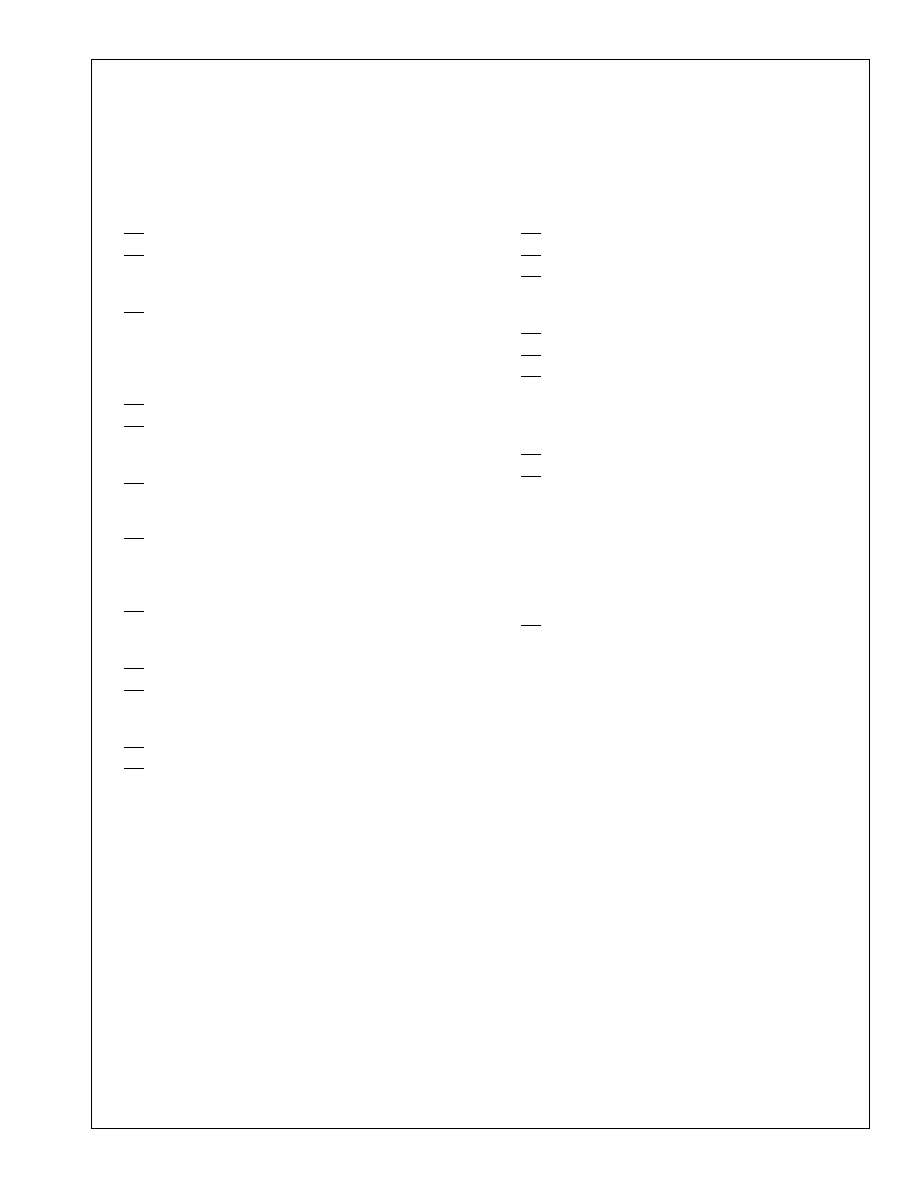
LHF32K10
2
Rev. 1.55
LH28F320S5NS-L90
32-MBIT (4MBx8/2MBx16)
Smart 5 Flash MEMORY
Smart 5 Technology
5V V
CC
5V V
PP
Common Flash Interface (CFI)
Universal & Upgradable Interface
Scalable Command Set (SCS)
High Speed Write Performance
32 Bytes x 2 plane Page Buffer
2µs/Byte Write Transfer Rate
High Speed Read Performance
90ns(5V±0.25V), 100ns(5V±0.5V)
Operating Temperature
0∞C to +70∞C
High-Density Symmetrically-Blocked
Architecture
Sixty-four 64-Kbyte Erasable Blocks
Extended Cycling Capability
100,000 Block Erase Cycles
6.4 Million Block Erase Cycles/Chip
Automated Write and Erase
Command User Interface
Status Register
Enhanced Automated Suspend Options
Write Suspend to Read
Block Erase Suspend to Write
Block Erase Suspend to Read
Enhanced Data Protection Features
Absolute Protection with V
PP
=GND
Flexible Block Locking
Erase/Write Lockout during Power
Transitions
Low Power Management
Deep Power-Down Mode
Automatic Power Savings Mode
Decreases I
CC
in Static Mode
User-Configurable x8 or x16 Operation
SRAM-Compatible Write Interface
Industry-Standard Packaging
56-Lead SSOP
ETOX
TM*
V Nonvolatile Flash
Technology
CMOS Process
(P-type silicon substrate)
Not designed or rated as radiation
hardened
SHARP's LH28F320S5NS-L90 Flash memory with Smart 5 technology is a high-density, low-cost, nonvolatile,
read/write storage solution for a wide range of applications. Its symmetrically-blocked architecture, flexible voltage
and extended cycling provide for highly flexible component suitable for resident flash arrays, SIMMs and memory
cards. Its enhanced suspend capabilities provide for an ideal solution for code + data storage applications. For
secure code storage applications, such as networking, where code is either directly executed out of flash or
downloaded to DRAM, the LH28F320S5NS-L90 offers three levels of protection: absolute protection with V
PP
at
GND, selective hardware block locking, or flexible software block locking. These alternatives give designers
ultimate control of their code security needs.
The LH28F320S5NS-L90 is conformed to the flash Scalable Command Set (SCS) and the Common Flash Interface
(CFI) specification which enable universal and upgradable interface, enable the highest system/device data transfer
rates and minimize device and system-level implementation costs.
The LH28F320S5NS-L90 is manufactured on SHARP's 0.4µm ETOX
TM
* V process technology. It come in industry-
standard package: the 56-Lead SSOP, ideal for board constrained applications.
*ETOX is a trademark of Intel Corporation.
sharp

LHF32K10
3
Rev. 1.55
1 INTRODUCTION
This datasheet contains LH28F320S5NS-L90
specifications. Section 1 provides a flash memory
overview. Sections 2, 3, 4, and 5 describe the
memory organization and functionality. Section 6
covers electrical specifications.
1.1 Product Overview
The LH28F320S5NS-L90 is a high-performance 32-
Mbit Smart 5 Flash memory organized as
4MBx8/2MBx16. The 4MB of data is arranged in
sixty-four 64-Kbyte blocks which are individually
erasable, lockable, and unlockable in-system. The
memory map is shown in Figure 3.
Smart 5 technology provides a choice of V
CC
and
V
PP
combinations, as shown in Table 1, to meet
system performance and power expectations. 5V V
CC
provides the highest read performance. V
PP
at 5V
eliminates the need for a separate 12V converter,
while V
PP
=5V maximizes erase and write
performance. In addition to flexible erase and
program voltages, the dedicated V
PP
pin gives
complete data protection when V
PP
V
PPLK
.
Table 1. V
CC
and V
PP
Voltage Combinations
Offered by Smart 5 Technology
V
CC
Voltage
V
PP
Voltage
5V
5V
Internal V
CC
and V
PP
detection Circuitry
automatically configures the device for optimized
read and write operations.
A Command User Interface (CUI) serves as the
interface between the system processor and internal
operation of the device. A valid command sequence
written to the CUI initiates device automation. An
internal Write State Machine (WSM) automatically
executes the algorithms and timings necessary for
block erase, full chip erase, (multi) word/byte write
and block lock-bit configuration operations.
A block erase operation erases one of the device's
64-Kbyte blocks typically within 0.34s (5V V
CC
, 5V
V
PP
) independent of other blocks. Each block can be
independently erased 100,000 times (6.4 million
block erases per device). Block erase suspend mode
allows system software to suspend block erase to
read or write data from any other block.
A word/byte write is performed in byte increments
typically within 9.24µs (5V V
CC
, 5V V
PP
). A multi
word/byte write has high speed write performance of
2µs/byte (5V V
CC
, 5V V
PP
). (Multi) Word/byte write
suspend mode enables the system to read data or
execute code from any other flash memory array
location.
Individual block locking uses a combination of bits
and WP#, Sixty-four block lock-bits, to lock and
unlock blocks. Block lock-bits gate block erase, full
chip erase and (multi) word/byte write operations.
Block lock-bit configuration operations (Set Block
Lock-Bit and Clear Block Lock-Bits commands) set
and cleared block lock-bits.
The status register indicates when the WSM's block
erase, full chip erase, (multi) word/byte write or block
lock-bit configuration operation is finished.
The STS output gives an additional indicator of WSM
activity by providing both a hardware signal of status
(versus software polling) and status masking
(interrupt masking for background block erase, for
example). Status polling using STS minimizes both
CPU overhead and system power consumption. STS
pin can be configured to different states using the
Configuration command. The STS pin defaults to
RY/BY# operation. When low, STS indicates that the
WSM is performing a block erase, full chip erase,
(multi) word/byte write or block lock-bit configuration.
STS-High Z indicates that the WSM is ready for a
new command, block erase is suspended and (multi)
word/byte write are inactive, (multi) word/byte write
are suspended, or the device is in deep power-down
mode. The other 3 alternate configurations are all
pulse mode for use as a system interrupt.
The access time is 90ns (t
AVQV
) over the commercial
temperature range (0∞C to +70∞C) and V
CC
supply
voltage range of 4.75V-5.25V. At lower V
CC
voltage,
the access time is 100ns (4.5V-5.5V).
The Automatic Power Savings (APS) feature
substantially reduces active current when the device
is in static mode (addresses not switching). In APS
mode, the typical I
CCR
current is 1 mA at 5V V
CC
.
When either CE
0
# or CE
1
#, and RP# pins are at V
CC
,
the I
CC
CMOS standby mode is enabled. When the
RP# pin is at GND, deep power-down mode is
enabled which minimizes power consumption and
provides write protection during reset. A reset time
(t
PHQV
) is required from RP# switching high until
outputs are valid. Likewise, the device has a wake
time (t
PHEL
) from RP#-high until writes to the CUI are
recognized. With RP# at GND, the WSM is reset and
the status register is cleared.
The device is available in 56-Lead SSOP (Shrink
Small Outline Package). Pinout is shown in Figure 2.
sharp
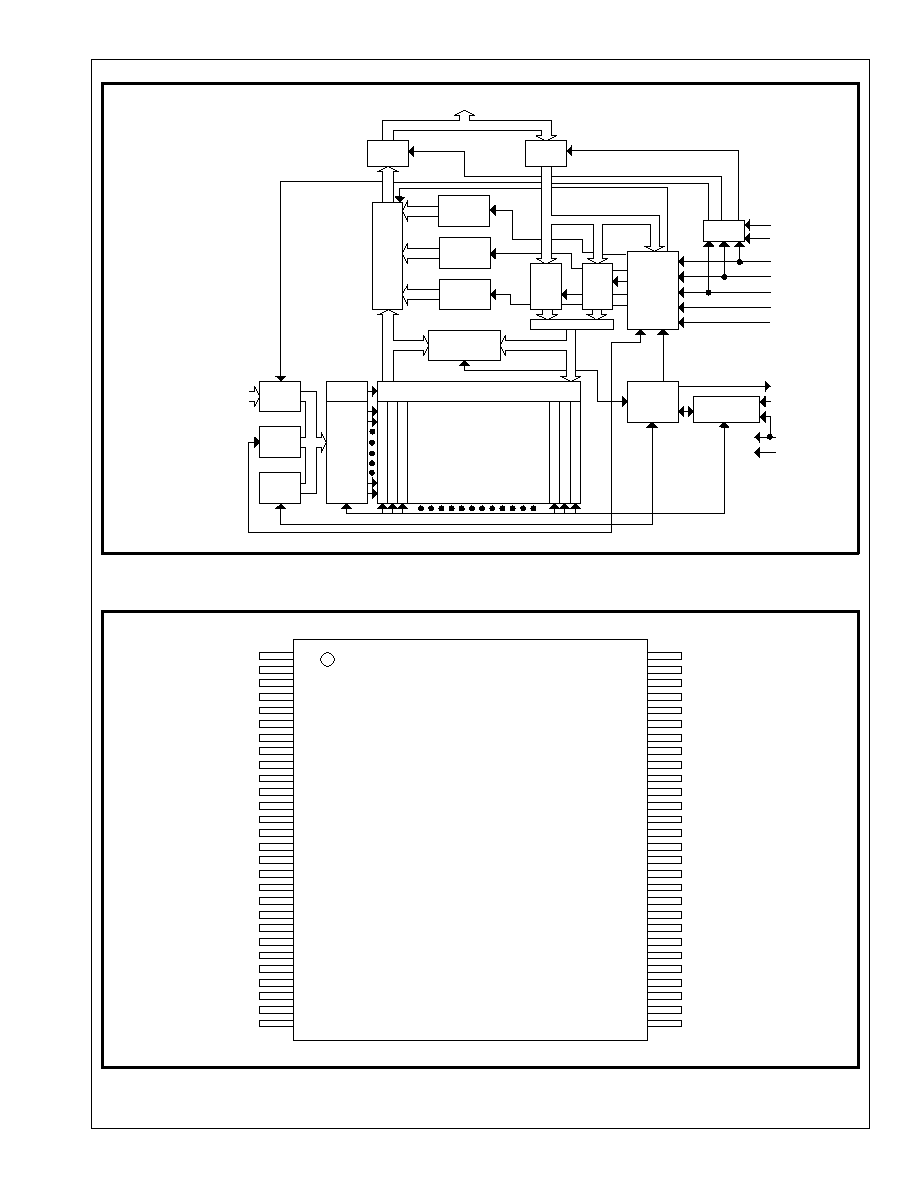
Output
Input
Buffer
Buffer
Output
Multiplexer
I/O Logic
Command
Register
V
CC
CE#
WE#
RP#
OE#
Idenrifier
Register
Status
Register
Data
Comparator
Y Gating
Y
Decoder
Decoder
X
64
64KByte
Blocks
Input
Buffer
Address
Latch
Address
Counter
Write State
Machine
Program/Erase
Voltage Switch
STS
V
PP
V
CC
GND
A
0
-A
21
DQ
0
-DQ
15
Query
ROM
Register
Data
Buffer
Page
WP#
BYTE#
Multiplexer
56 LEAD SSOP
STANDARD PINOUT
1.8mm x 16mm x 23.7mm
TOP VIEW
20
1
2
3
4
5
6
7
8
9
10
11
12
13
14
15
16
17
19
18
21
22
23
24
25
26
27
28
41
42
43
44
45
46
47
48
29
30
31
32
33
34
35
36
37
38
39
40
49
50
51
52
53
54
55
56
WE#
OE#
STS
DQ
7
DQ
6
DQ
5
DQ
4
V
CC
WP#
DQ
15
DQ
14
DQ
13
DQ
12
A
19
A
18
A
17
A
16
A
15
A
14
A
13
A
12
CE
0
#
V
CC
NC
GND
A
20
CE
1
#
GND
GND
DQ
3
DQ
2
DQ
1
DQ
0
A
0
NC
NC
BYTE#
V
CC
DQ
11
DQ
10
DQ
9
DQ
8
V
PP
RP#
A
11
A
10
A
9
A
8
A
7
A
6
A
5
A
4
A
1
A
2
A
3
A
21
LHF32K10
4
Rev. 1.55
Figure 1. Block Diagram
Figure 2. SSOP 56-Lead Pinout
sharp

LHF32K10
5
Rev. 1.55
Table 2. Pin Descriptions
Symbol
Type
Name and Function
A
0
-A
21
INPUT
ADDRESS INPUTS: Inputs for addresses during read and write operations. Addresses are
internally latched during a write cycle.
A
0
: Byte Select Address. Not used in x16 mode(can be floated).
A
1
-A
4
: Column Address. Selects 1 of 16 bit lines.
A
5
-A
15
: Row Address. Selects 1 of 2048 word lines.
A
16
-A
21
: Block Address.
DQ
0
-DQ
15
INPUT/
OUTPUT
DATA INPUT/OUTPUTS:
DQ
0
-DQ
7
:Inputs data and commands during CUI write cycles; outputs data during memory
array, status register, query, and identifier code read cycles. Data pins float to high-
impedance when the chip is deselected or outputs are disabled. Data is internally latched
during a write cycle.
DQ
8
-DQ
15
:Inputs data during CUI write cycles in x16 mode; outputs data during memory
array read cycles in x16 mode; not used for status register, query and identifier code read
mode. Data pins float to high-impedance when the chip is deselected, outputs are
disabled, or in x8 mode(Byte#=V
IL
). Data is internally latched during a write cycle.
CE
0
#,
CE
1
#
INPUT
CHIP ENABLE: Activates the device's control logic, input buffers decoders, and sense
amplifiers. Either CE
0
# or CE
1
# V
IH
deselects the device and reduces power consumption
to standby levels. Both CE
0
# and CE
1
# must be V
IL
to select the devices.
RP#
INPUT
RESET/DEEP POWER-DOWN: Puts the device in deep power-down mode and resets
internal automation. RP# V
IH
enables normal operation. When driven V
IL
, RP# inhibits
write operations which provides data protection during power transitions. Exit from deep
power-down sets the device to read array mode.
OE#
INPUT
OUTPUT ENABLE: Gates the device's outputs during a read cycle.
WE#
INPUT
WRITE ENABLE: Controls writes to the CUI and array blocks. Addresses and data are
latched on the rising edge of the WE# pulse.
STS
OPEN
DRAIN
OUTPUT
STS (RY/BY#): Indicates the status of the internal WSM. When configured in level mode
(default mode), it acts as a RY/BY# pin. When low, the WSM is performing an internal
operation (block erase, full chip erase, (multi) word/byte write or block lock-bit
configuration). STS High Z indicates that the WSM is ready for new commands, block
erase is suspended, and (multi) word/byte write is inactive, (multi) word/byte write is
suspended or the device is in deep power-down mode. For alternate configurations of the
STATUS pin, see the Configuration command.
WP#
INPUT
WRITE PROTECT: Master control for block locking. When V
IL,
Locked blocks can not be
erased and programmed, and block lock-bits can not be set and reset.
BYTE#
INPUT
BYTE ENABLE: BYTE# V
IL
places device in x8 mode. All data is then input or output on
DQ
0-7
, and DQ
8-15
float. BYTE# V
IH
places the device in x16 mode , and turns off the A
0
input buffer.
V
PP
SUPPLY
BLOCK ERASE, FULL CHIP ERASE, (MULTI) WORD/BYTE WRITE, BLOCK LOCK-
BIT CONFIGURATION POWER SUPPLY: For erasing array blocks, writing bytes or
configuring block lock-bits. With V
PP
V
PPLK
, memory contents cannot be altered. Block
erase, full chip erase, (multi) word/byte write and block lock-bit configuration with an invalid
V
PP
(see DC Characteristics) produce spurious results and should not be attempted.
V
CC
SUPPLY
DEVICE POWER SUPPLY: Internal detection configures the device for 5V operation. Do
not float any power pins. With V
CC
V
LKO
, all write attempts to the flash memory are
inhibited. Device operations at invalid V
CC
voltage (see DC Characteristics) produce
spurious results and should not be attempted.
GND
SUPPLY GROUND: Do not float any ground pins.
NC
NO CONNECT: Lead is not internal connected; it may be driven or floated.
sharp

LHF32K10
6
Rev. 1.55
2 PRINCIPLES OF OPERATION
The LH28F320S5NS-L90 Flash memory includes an
on-chip WSM to manage block erase, full chip erase,
(multi) word/byte write and block lock-bit
configuration functions. It allows for: 100% TTL-level
control inputs, fixed power supplies during block
erase, full chip erase, (multi) word/byte write and
block lock-bit configuration, and minimal processor
overhead with RAM-Like interface timings.
After initial device power-up or return from deep
power-down mode (see Bus Operations), the device
defaults to read array mode. Manipulation of external
memory control pins allow array read, standby, and
output disable operations.
Status register, query structure and identifier codes
can be accessed through the CUI independent of the
V
PP
voltage. High voltage on V
PP
enables successful
block erase, full chip erase, (multi) word/byte write
and block lock-bit configuration. All functions
associated with altering memory contents
block
erase, full chip erase, (multi) word/byte write and
block lock-bit configuration, status, query and
identifier codes
are accessed via the CUI and
verified through the status register.
Commands are written using standard
microprocessor write timings. The CUI contents serve
as input to the WSM, which controls the block erase,
full chip erase, (multi) word/byte write and block lock-
bit configuration. The internal algorithms are
regulated by the WSM, including pulse repetition,
internal verification, and margining of data.
Addresses and data are internally latch during write
cycles. Writing the appropriate command outputs
array data, accesses the identifier codes, outputs
query structure or outputs status register data.
Interface software that initiates and polls progress of
block erase, full chip erase, (multi) word/byte write
and block lock-bit configuration can be stored in any
block. This code is copied to and executed from
system RAM during flash memory updates. After
successful completion, reads are again possible via
the Read Array command. Block erase suspend
allows system software to suspend a block erase to
read or write data from any other block. Write
suspend allows system software to suspend a (multi)
word/byte write to read data from any other flash
memory array location.
2.1 Data Protection
Depending on the application, the system designer
may choose to make the V
PP
power supply
switchable (available only when block erase, full chip
erase, (multi) word/byte write and block lock-bit
configuration are required) or hardwired to V
PPH1
.
The device accommodates either design practice and
encourages optimization of the processor-memory
interface.
When V
PP
V
PPLK
, memory contents cannot be
altered. The CUI, with multi-step block erase, full chip
erase, (multi) word/byte write and block lock-bit
configuration command sequences, provides
protection from unwanted operations even when high
voltage is applied to V
PP
. All write functions are
disabled when V
CC
is below the write lockout voltage
V
LKO
or when RP# is at V
IL
. The device's block
locking capability provides additional protection from
inadvertent code or data alteration by gating block
erase, full chip erase and (multi) word/byte write
operations.
sharp
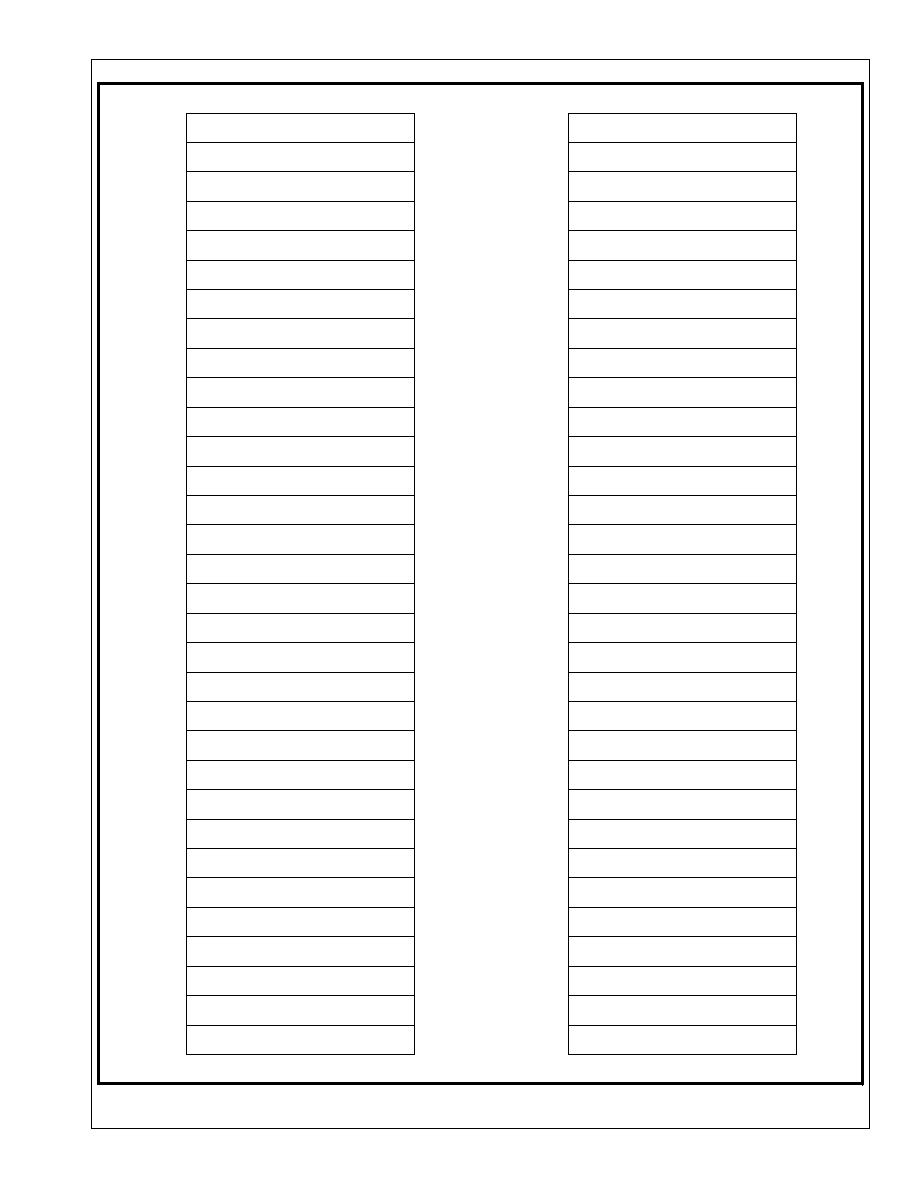
1FFFFF
1F0000
1EFFFF
1E0000
1DFFFF
1D0000
1CFFFF
1C0000
1BFFFF
1B0000
1AFFFF
1A0000
19FFFF
190000
18FFFF
180000
17FFFF
170000
16FFFF
160000
15FFFF
150000
14FFFF
140000
13FFFF
130000
12FFFF
120000
11FFFF
110000
10FFFF
100000
0FFFFF
0F0000
0EFFFF
0E0000
0DFFFF
0D0000
0CFFFF
0C0000
0BFFFF
0B0000
0AFFFF
0A0000
09FFFF
090000
08FFFF
080000
07FFFF
070000
06FFFF
060000
05FFFF
050000
04FFFF
040000
03FFFF
030000
02FFFF
020000
01FFFF
010000
00FFFF
000000
64-Kbyte Block 27
64-Kbyte Block 28
64-Kbyte Block 26
64-Kbyte Block 25
64-Kbyte Block 24
64-Kbyte Block 21
64-Kbyte Block 29
64-Kbyte Block 30
64-Kbyte Block 31
64-Kbyte Block 20
64-Kbyte Block 19
64-Kbyte Block 18
64-Kbyte Block 17
64-Kbyte Block 16
64-Kbyte Block 23
64-Kbyte Block 22
64-Kbyte Block 11
64-Kbyte Block 12
64-Kbyte Block 10
64-Kbyte Block 9
64-Kbyte Block 8
64-Kbyte Block 5
64-Kbyte Block 13
64-Kbyte Block 14
64-Kbyte Block 15
64-Kbyte Block 4
64-Kbyte Block 3
64-Kbyte Block 2
64-Kbyte Block 1
64-Kbyte Block 0
64-Kbyte Block 7
64-Kbyte Block 6
3FFFFF
3F0000
3EFFFF
3E0000
3DFFFF
3D0000
3CFFFF
3C0000
3BFFFF
3B0000
3AFFFF
3A0000
39FFFF
390000
38FFFF
380000
37FFFF
370000
36FFFF
360000
35FFFF
350000
34FFFF
340000
33FFFF
330000
32FFFF
320000
31FFFF
310000
30FFFF
300000
2FFFFF
2F0000
2EFFFF
2E0000
2DFFFF
2D0000
2CFFFF
2C0000
2BFFFF
2B0000
2AFFFF
2A0000
29FFFF
290000
28FFFF
280000
27FFFF
270000
26FFFF
260000
25FFFF
250000
24FFFF
240000
23FFFF
230000
22FFFF
220000
21FFFF
210000
20FFFF
200000
64-Kbyte Block 59
64-Kbyte Block 60
64-Kbyte Block 58
64-Kbyte Block 57
64-Kbyte Block 56
64-Kbyte Block 53
64-Kbyte Block 61
64-Kbyte Block 62
64-Kbyte Block 63
64-Kbyte Block 52
64-Kbyte Block 51
64-Kbyte Block 50
64-Kbyte Block 49
64-Kbyte Block 48
64-Kbyte Block 55
64-Kbyte Block 54
64-Kbyte Block 43
64-Kbyte Block 44
64-Kbyte Block 42
64-Kbyte Block 41
64-Kbyte Block 40
64-Kbyte Block 37
64-Kbyte Block 45
64-Kbyte Block 46
64-Kbyte Block 47
64-Kbyte Block 36
64-Kbyte Block 35
64-Kbyte Block 34
64-Kbyte Block 33
64-Kbyte Block 32
64-Kbyte Block 39
64-Kbyte Block 38
LHF32K10
7
Rev. 1.55
Figure 3. Memory Map
sharp

LHF32K10
8
Rev. 1.55
3 BUS OPERATION
The local CPU reads and writes flash memory in-
system. All bus cycles to or from the flash memory
conform to standard microprocessor bus cycles.
3.1 Read
Information can be read from any block, identifier
codes, query structure, or status register independent
of the V
PP
voltage. RP# must be at V
IH
.
The first task is to write the appropriate read mode
command (Read Array, Read Identifier Codes, Query
or Read Status Register) to the CUI. Upon initial
device power-up or after exit from deep power-down
mode, the device automatically resets to read array
mode. Five control pins dictate the data flow in and
out of the component: CE# (CE
0
#, CE
1
#), OE#, WE#,
RP# and WP#. CE
0
#, CE
1
# and OE# must be driven
active to obtain data at the outputs. CE
0
#, CE
1
# is
the device selection control, and when active enables
the selected memory device. OE# is the data output
(DQ
0
-DQ
15
) control and when active drives the
selected memory data onto the I/O bus. WE# and
RP# must be at V
IH
. Figure 17, 18 illustrates a read
cycle.
3.2 Output Disable
With OE# at a logic-high level (V
IH
), the device
outputs are disabled. Output pins DQ
0
-DQ
15
are
placed in a high-impedance state.
3.3 Standby
Either CE
0
# or CE
1
# at a logic-high level (V
IH
) places
the device in standby mode which substantially
reduces device power consumption. DQ
0
-DQ
15
outputs are placed in a high-impedance state
independent of OE#. If deselected during block
erase, full chip erase, (multi) word/byte write and
block lock-bit configuration, the device continues
functioning, and consuming active power until the
operation completes.
3.4 Deep Power-Down
RP# at V
IL
initiates the deep power-down mode.
In read modes, RP#-low deselects the memory,
places output drivers in a high-impedance state and
turns off all internal circuits. RP# must be held low for
a minimum of 100 ns. Time t
PHQV
is required after
return from power-down until initial memory access
outputs are valid. After this wake-up interval, normal
operation is restored. The CUI is reset to read array
mode and status register is set to 80H.
During block erase, full chip erase, (multi) word/byte
write or block lock-bit configuration modes, RP#-low
will abort the operation. STS remains low until the
reset operation is complete. Memory contents being
altered are no longer valid; the data may be partially
erased or written. Time t
PHWL
is required after RP#
goes to logic-high (V
IH
) before another command can
be written.
As with any automated device, it is important to
assert RP# during system reset. When the system
comes out of reset, it expects to read from the flash
memory. Automated flash memories provide status
information when accessed during block erase, full
chip erase, (multi) word/byte write and block lock-bit
configuration. If a CPU reset occurs with no flash
memory reset, proper CPU initialization may not
occur because the flash memory may be providing
status information instead of array data. SHARP's
flash memories allow proper CPU initialization
following a system reset through the use of the RP#
input. In this application, RP# is controlled by the
same RESET# signal that resets the system CPU.
sharp
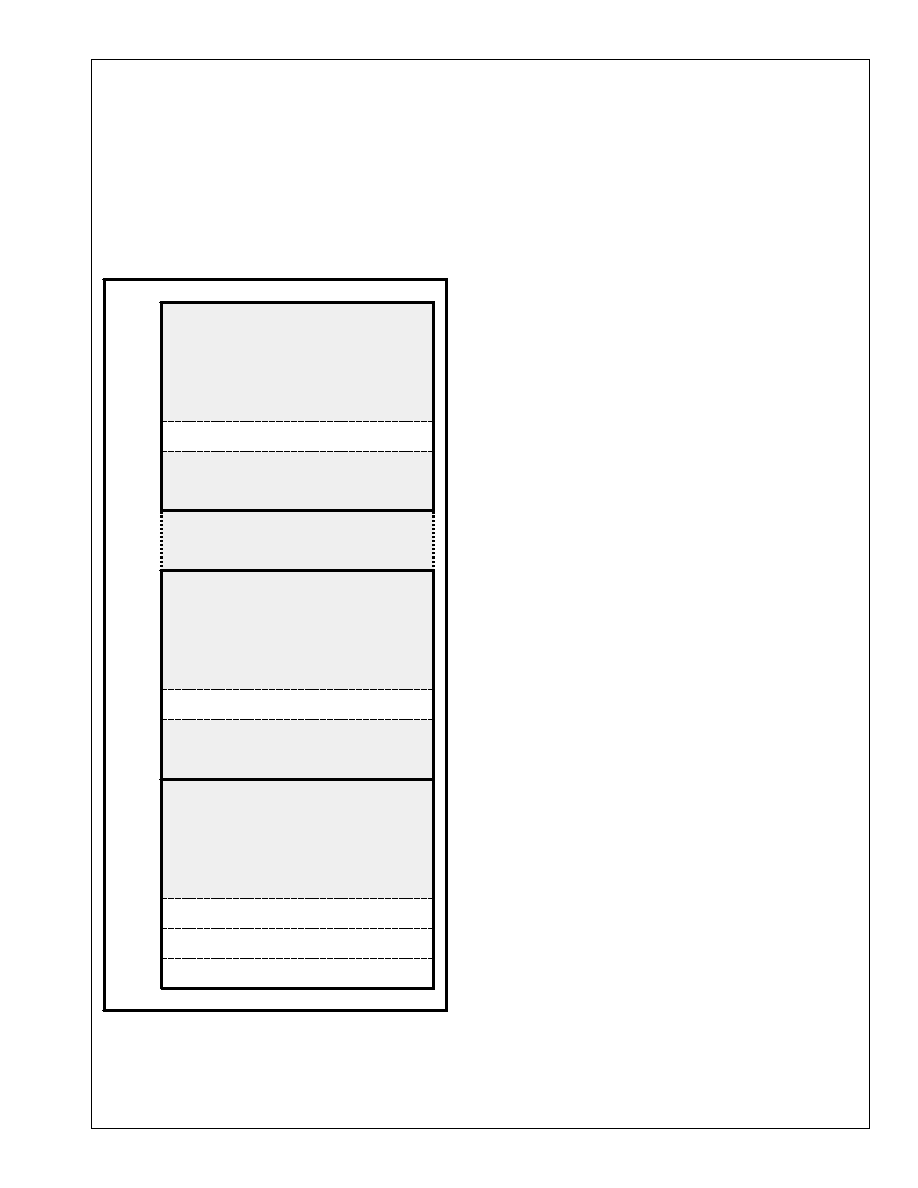
00FFFF
000006
000004
000002
000000
01FFFF
010006
010004
010003
010000
3FFFFF
3F0005
3F0004
3F0003
3F0000
Reserved for
Future Implementation
Block 63 Status Code
Block 63
(Blocks 2 through 62)
Device Code
Manufacturer Code
Reserved for
Future Implementation
Block 1
Reserved for
Future Implementation
Block 0
Reserved for
Future Implementation
Block 1 Status Code
Block 0 Status Code
Reserved for
Future Implementation
3EFFFF
020000
3F0006
010005
000005
000003
000001
LHF32K10
9
Rev. 1.55
3.5 Read Identifier Codes Operation
The read identifier codes operation outputs the
manufacturer code, device code, block status codes
for each block (see Figure 4). Using the manufacturer
and device codes, the system CPU can automatically
match the device with its proper algorithms. The
block status codes identify locked or unlocked block
setting and erase completed or erase uncompleted
condition.
Figure 4. Device Identifier Code Memory Map
3.6 Query Operation
The query operation outputs the query structure.
Query database is stored in the 48Byte ROM. Query
structure allows system software to gain critical
information for controlling the flash component.
Query structure are always presented on the lowest-
order data output (DQ
0
-DQ
7
) only.
3.7 Write
Writing commands to the CUI enable reading of
device data and identifier codes. They also control
inspection and clearing of the status register. When
V
CC
=V
CC1/2
and V
PP
=V
PPH1
, the CUI additionally
controls block erase, full chip erase, (multi) word/byte
write and block lock-bit configuration.
The Block Erase command requires appropriate
command data and an address within the block to be
erased. The Word/byte Write command requires the
command and address of the location to be written.
Set Block Lock-Bit command requires the command
and block address within the device (Block Lock) to
be locked. The Clear Block Lock-Bits command
requires the command and address within the device.
The CUI does not occupy an addressable memory
location. It is written when WE# and CE# are active.
The address and data needed to execute a command
are latched on the rising edge of WE# or CE#
(whichever goes high first). Standard microprocessor
write timings are used. Figures 19 and 20 illustrate
WE# and CE#-controlled write operations.
4 COMMAND DEFINITIONS
When the V
PP
voltage
V
PPLK,
Read operations from
the status register, identifier codes, query, or blocks
are enabled. Placing V
PPH1
on V
PP
enables
successful block erase, full chip erase, (multi)
word/byte write and block lock-bit configuration
operations.
Device operations are selected by writing specific
commands into the CUI. Table 4 defines these
commands.
sharp
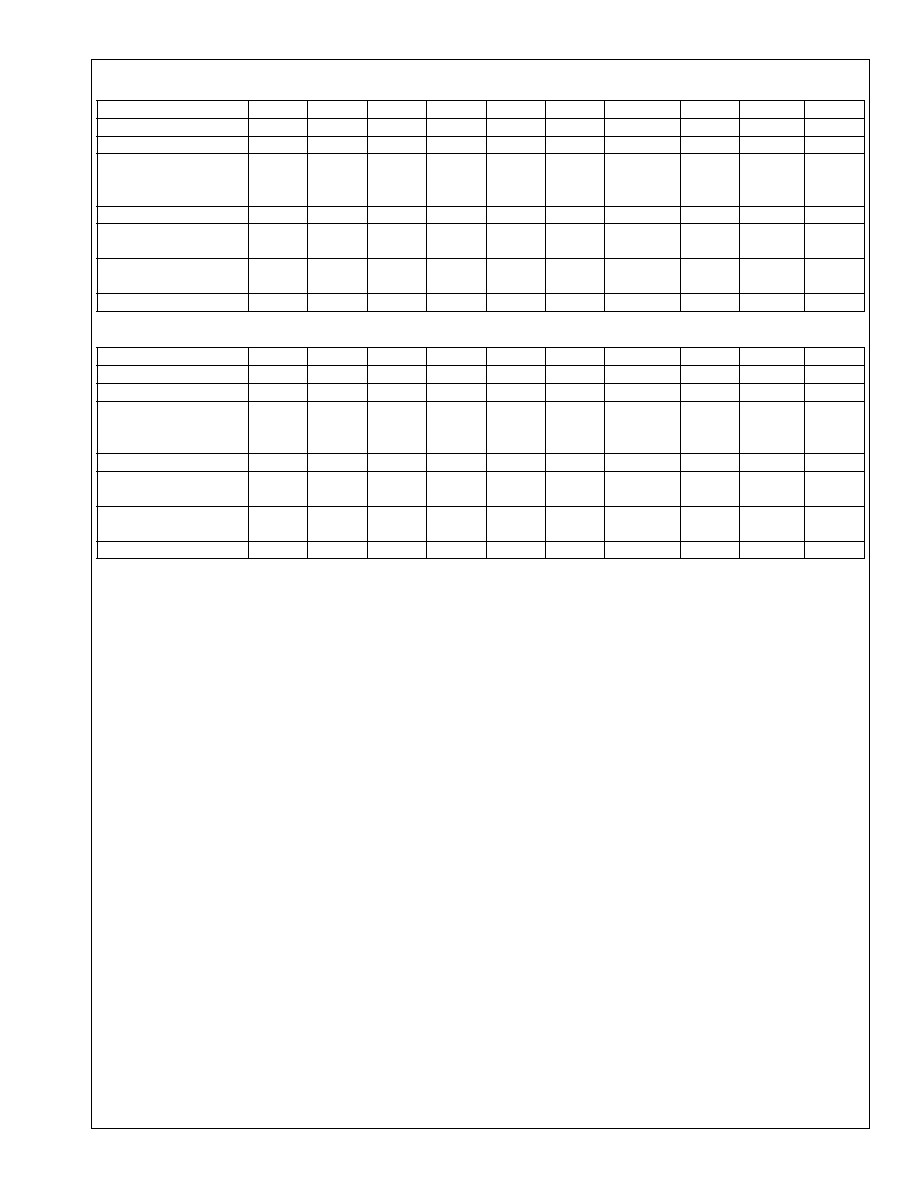
LHF32K10
10
Rev. 1.55
Table 3. Bus Operations(BYTE#=V
IH
)
Mode
Notes
RP#
CE
0
#
CE
1
#
OE#
WE#
Address
V
PP
DQ
0-15
STS
Read
1,2,3,9
V
IH
V
IL
V
IL
V
IL
V
IH
X
X
D
OUT
X
Output Disable
3
V
IH
V
IL
V
IL
V
IH
V
IH
X
X
High Z
X
Standby
3
V
IH
V
IH
V
IH
V
IL
V
IH
V
IL
V
IH
X
X
X
X
High Z
X
Deep Power-Down
4
V
IL
X
X
X
X
X
X
High Z
High Z
Read Identifier
Codes
9
V
IH
V
IL
V
IL
V
IL
V
IH
See
Figure 4
X
Note 5
High Z
Query
9
V
IH
V
IL
V
IL
V
IL
V
IH
See Table
7~11
X
Note 6
High Z
Write
3,7,8,9
V
IH
V
IL
V
IL
V
IH
V
IL
X
X
D
IN
X
Table 3.1. Bus Operations(BYTE#=V
IL
)
Mode
Notes
RP#
CE
0
#
CE
1
#
OE#
WE#
Address
V
PP
DQ
0-7
STS
Read
1,2,3,9
V
IH
V
IL
V
IL
V
IL
V
IH
X
X
D
OUT
X
Output Disable
3
V
IH
V
IL
V
IL
V
IH
V
IH
X
X
High Z
X
Standby
3
V
IH
V
IH
V
IH
V
IL
V
IH
V
IL
V
IH
X
X
X
X
High Z
X
Deep Power-Down
4
V
IL
X
X
X
X
X
X
High Z
High Z
Read Identifier
Codes
9
V
IH
V
IL
V
IL
V
IL
V
IH
See
Figure 4
X
Note 5
High Z
Query
9
V
IH
V
IL
V
IL
V
IL
V
IH
See Table
7~11
X
Note 6
High Z
Write
3,7,8,9
V
IH
V
IL
V
IL
V
IH
V
IL
X
X
D
IN
X
NOTES:
1. Refer to DC Characteristics. When V
PP
V
PPLK
, memory contents can be read, but not altered.
2. X can be V
IL
or V
IH
for control pins and addresses, and V
PPLK
or V
PPH1
for V
PP
. See DC Characteristics for
V
PPLK
and V
PPH1
voltages.
3. STS is V
OL
(if configured to RY/BY# mode) when the WSM is executing internal block erase, full chip erase,
(multi) word/byte write or block lock-bit configuration algorithms. It is floated during when the WSM is not busy,
in block erase suspend mode with (multi) word/byte write inactive, (multi) word/byte write suspend mode, or
deep power-down mode.
4. RP# at GND
±0.2V ensures the lowest deep power-down current.
5. See Section 4.2 for read identifier code data.
6. See Section 4.5 for query data.
7. Command writes involving block erase, full chip erase, (multi) word/byte write or block lock-bit configuration are
reliably executed when V
PP
=V
PPH1
and V
CC
=V
CC1/2
.
8. Refer to Table 4 for valid D
IN
during a write operation.
9. Don't use the timing both OE# and WE# are V
IL
.
sharp
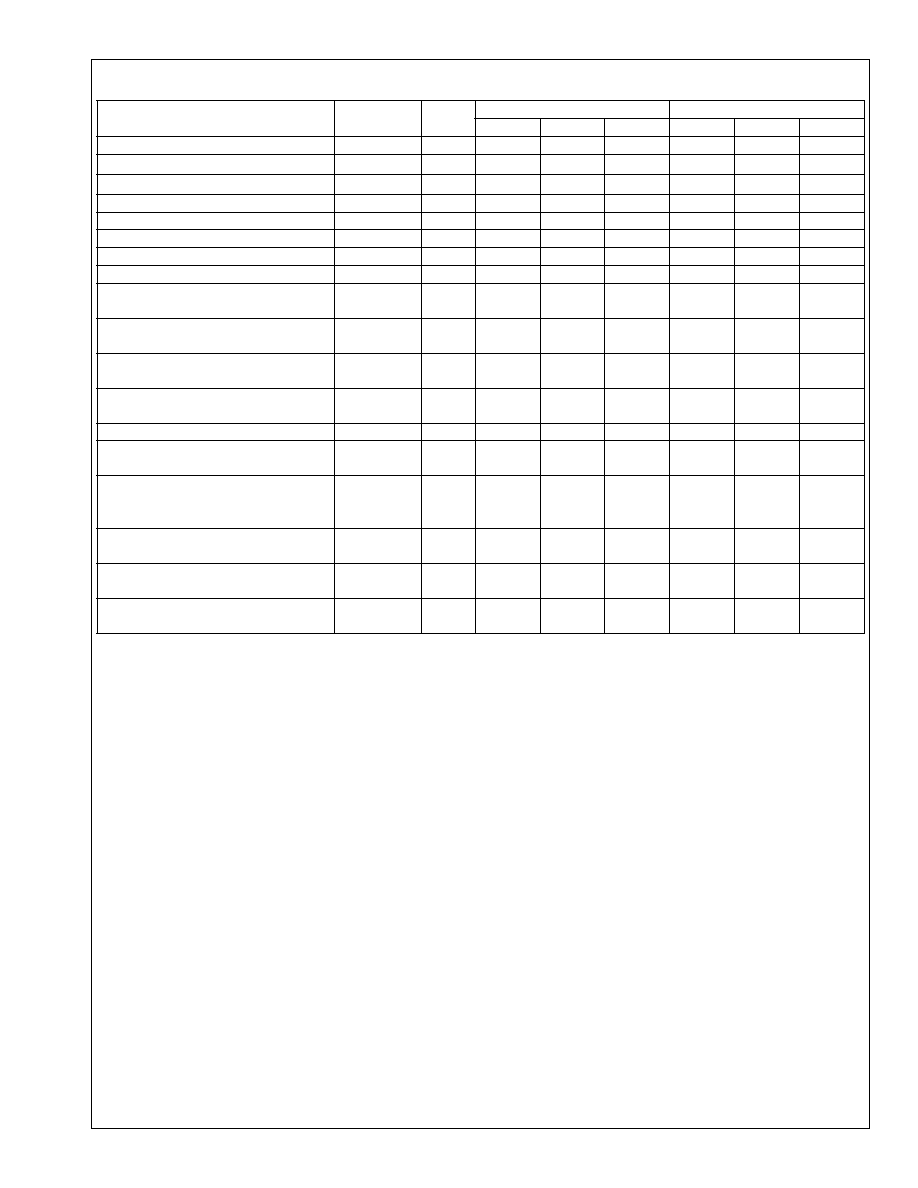
LHF32K10
11
Rev. 1.55
Table 4. Command Definitions
(10)
Bus Cycles Notes
First Bus Cycle
Second Bus Cycle
Command
Req'd
Oper
(1)
Addr
(2)
Data
(3)
Oper
(1)
Addr
(2)
Data
(3)
Read Array/Reset
1
Write
X
FFH
Read Identifier Codes
2
4
Write
X
90H
Read
IA
ID
Query
2
Write
X
98H
Read
QA
QD
Read Status Register
2
Write
X
70H
Read
X
SRD
Clear Status Register
1
Write
X
50H
Block Erase Setup/Confirm
2
5
Write
BA
20H
Write
BA
D0H
Full Chip Erase Setup/Confirm
2
Write
X
30H
Write
X
D0H
Word/Byte Write Setup/Write
2
5,6
Write
WA
40H
Write
WA
WD
Alternate Word/Byte Write
Setup/Write
2
5,6
Write
WA
10H
Write
WA
WD
Multi Word/Byte Write
Setup/Confirm
4
9
Write
WA
E8H
Write
WA
N-1
Block Erase and (Multi)
Word/byte Write Suspend
1
5
Write
X
B0H
Confirm and Block Erase and
(Multi) Word/byte Write Resume
1
5
Write
X
D0H
Block Lock-Bit Set Setup/Confirm
2
7
Write
BA
60H
Write
BA
01H
Block Lock-Bit Reset
Setup/Confirm
2
8
Write
X
60H
Write
X
D0H
STS Configuration
Level-Mode for Erase and Write
(RY/BY# Mode)
2
Write
X
B8H
Write
X
00H
STS Configuration
Pulse-Mode for Erase
2
Write
X
B8H
Write
X
01H
STS Configuration
Pulse-Mode for Write
2
Write
X
B8H
Write
X
02H
STS Configuration
Pulse-Mode for Erase and Write
2
Write
X
B8H
Write
X
03H
NOTES:
1. BUS operations are defined in Table 3 and Table 3.1.
2. X=Any valid address within the device.
IA=Identifier Code Address: see Figure 4.
QA=Query Offset Address.
BA=Address within the block being erased or locked.
WA=Address of memory location to be written.
3. SRD=Data read from status register. See Table 14 for a description of the status register bits.
WD=Data to be written at location WA. Data is latched on the rising edge of WE# or CE# (whichever goes high
first).
ID=Data read from identifier codes.
QD=Data read from query database.
4. Following the Read Identifier Codes command, read operations access manufacturer, device and block status
codes. See Section 4.2 for read identifier code data.
5. If the block is locked, WP# must be at V
IH
to enable block erase or (multi) word/byte write operations. Attempts
to issue a block erase or (multi) word/byte write to a locked block while RP# is V
IH
.
6. Either 40H or 10H are recognized by the WSM as the byte write setup.
7. A block lock-bit can be set while WP# is V
IH
.
8. WP# must be at V
IH
to clear block lock-bits. The clear block lock-bits operation simultaneously clears all block
lock-bits.
9. Following the Third Bus Cycle, inputs the write address and write data of 'N' times. Finally, input the confirm
command 'D0H'.
10. Commands other than those shown above are reserved by SHARP for future device implementations and
should not be used.
sharp

LHF32K10
12
Rev. 1.55
4.1 Read Array Command
Upon initial device power-up and after exit from deep
power-down mode, the device defaults to read array
mode. This operation is also initiated by writing the
Read Array command. The device remains enabled
for reads until another command is written. Once the
internal WSM has started a block erase, full chip
erase, (multi) word/byte write or block lock-bit
configuration, the device will not recognize the Read
Array command until the WSM completes its
operation unless the WSM is suspended via an Erase
Suspend and (Multi) Word/byte Write Suspend
command. The Read Array command functions
independently of the V
PP
voltage and RP# must be
V
IH
.
4.2 Read Identifier Codes Command
The identifier code operation is initiated by writing the
Read Identifier Codes command. Following the
command write, read cycles from addresses shown in
Figure 4 retrieve the manufacturer, device, block lock
configuration and block erase status (see Table 5 for
identifier code values). To terminate the operation,
write another valid command. Like the Read Array
command, the Read Identifier Codes command
functions independently of the V
PP
voltage and RP#
must be V
IH
. Following the Read Identifier Codes
command, the following information can be read:
Table 5. Identifier Codes
Code
Address
A
21
-A
0
Data
Manufacture Code
000000
000001
B0
Device Code
000002
000003
D4
Block Status Code
X0004
(1)
X0005
(1)
∑Block is Unlocked
DQ
0
=0
∑Block is Locked
DQ
0
=1
∑Last erase operation
completed successfully
DQ
1
=0
∑Last erase operation did
not completed successfully
DQ
1
=1
∑Reserved for Future Use
DQ
2-7
NOTE:
1. X selects the specific block status code to be
read. See Figure 4 for the device identifier code
memory map.
4.3 Read Status Register Command
The status register may be read to determine when a
block erase, full chip erase, (multi) word/byte write or
block lock-bit configuration is complete and whether
the operation completed successfully(see Table 14).
It may be read at any time by writing the Read Status
Register command. After writing this command, all
subsequent read operations output data from the
status register until another valid command is written.
The status register contents are latched on the falling
edge of OE# or CE#(Either CE
0
# or CE
1
#),
whichever occurs. OE# or CE#(Either CE
0
# or CE
1
#)
must toggle to V
IH
before further reads to update the
status register latch. The Read Status Register
command functions independently of the V
PP
voltage.
RP# must be V
IH
.
The extended status register may be read to
determine multi word/byte write availability(see Table
14.1). The extended status register may be read at
any time by writing the Multi Word/Byte Write
command. After writing this command, all subsequent
read operations output data from the extended status
register, until another valid command is written. Multi
Word/Byte Write command must be re-issued to
update the extended status register latch.
4.4 Clear Status Register Command
Status register bits SR.5, SR.4, SR.3 and SR.1 are
set to "1"s by the WSM and can only be reset by the
Clear Status Register command. These bits indicate
various failure conditions (see Table 14). By allowing
system software to reset these bits, several
operations (such as cumulatively erasing or locking
multiple blocks or writing several bytes in sequence)
may be performed. The status register may be polled
to determine if an error occurs during the sequence.
To clear the status register, the Clear Status Register
command (50H) is written. It functions independently
of the applied V
PP
Voltage. RP# must be V
IH
. This
command is not functional during block erase, full
chip erase, (multi) word/byte write block lock-bit
configuration, block erase suspend or (multi)
word/byte write suspend modes.
sharp
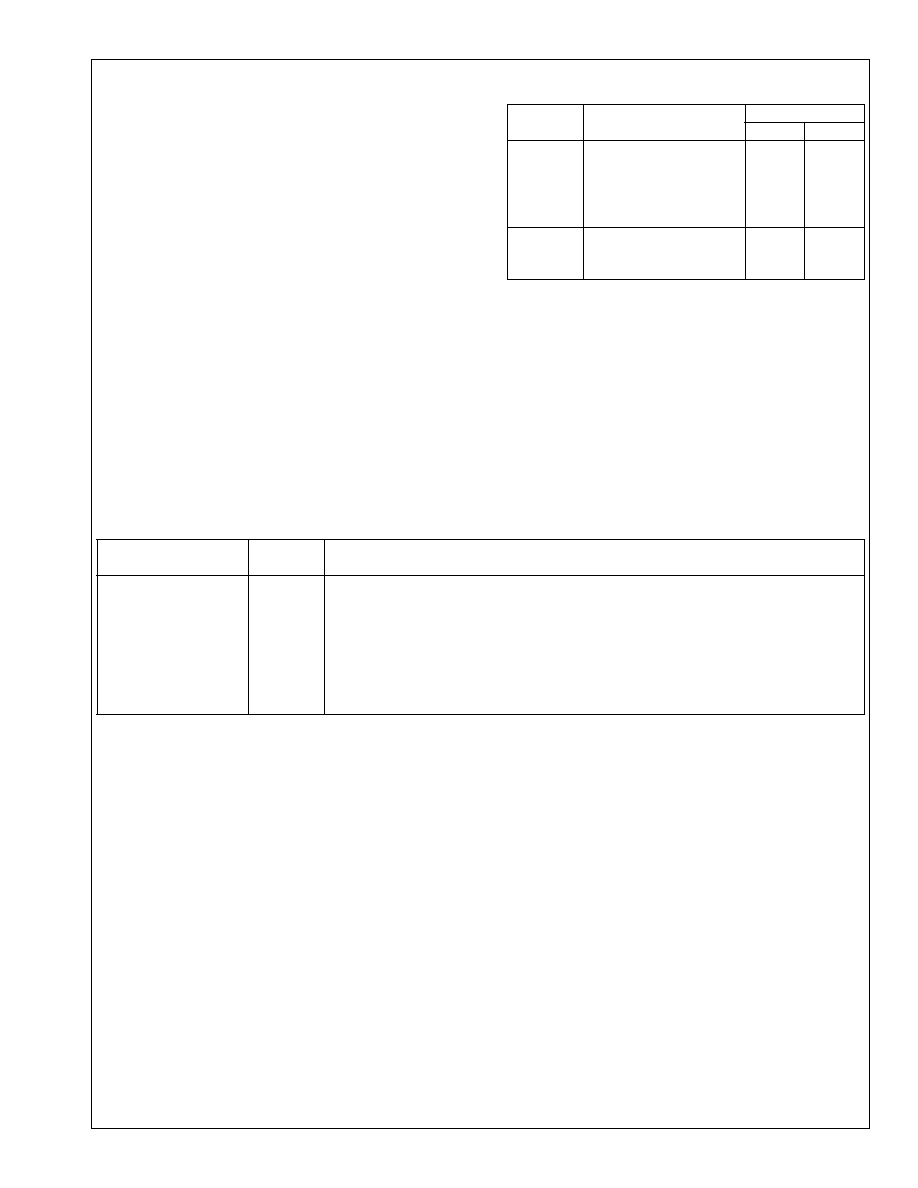
LHF32K10
13
Rev. 1.55
4.5 Query Command
Query database can be read by writing Query
command (98H). Following the command write, read
cycle from address shown in Table 7~11 retrieve the
critical information to write, erase and otherwise
control the flash component. A
0
of query offset
address is ignored when X8 mode (BYTE#=V
IL
).
Query data are always presented on the low-byte
data output (DQ
0
-DQ
7
). In x16 mode, high-byte
(DQ
8
-DQ
15
) outputs 00H. The bytes not assigned to
any information or reserved for future use are set to
"0". This command functions independently of the
V
PP
voltage. RP# must be V
IH
.
Table 6. Example of Query Structure Output
Mode
Offset Address
Output
DQ
15~8
DQ
7~0
X8 mode
A
5
, A
4
, A
3
, A
2
, A
1
, A
0
1 , 0 , 0 , 0 , 0 , 0 (20H)
1 , 0 , 0 , 0 , 0 , 1 (21H)
1, 0 , 0 , 0 , 1 , 0 (22H)
1 , 0 , 0 , 0 , 1 , 1 (23H)
High-Z
High-Z
High-Z
High-Z
"Q"
"Q"
"R"
"R"
X16 mode
A
5
, A
4
, A
3
, A
2
, A
1
1 , 0 , 0 , 0 , 0 (10H)
1 , 0 , 0 , 0 , 1 (11H)
00H
00H
"Q"
"R"
4.5.1 Block Status Register
This field provides lock configuration and erase status for the specified block. These informations are only available
when device is ready (SR.7=1). If block erase or full chip erase operation is finished irregulary, block erase status
bit will be set to "1". If bit 1 is "1", this block is invalid.
Table 7. Query Block Status Register
Offset
(Word Address)
Length
Description
(BA+2)H
01H
Block Status Register
bit0 Block Lock Configuration
0=Block is unlocked
1=Block is Locked
bit1 Block Erase Status
0=Last erase operation completed successfully
1=Last erase operation not completed successfully
bit2-7 reserved for future use
Note:
1. BA=The beginning of a Block Address.
sharp

LHF32K10
14
Rev. 1.55
4.5.2 CFI Query Identification String
The Identification String provides verification that the component supports the Common Flash Interface
specification. Additionally, it indicates which version of the spec and which Vendor-specified command set(s) is(are)
supported.
Table 8. CFI Query Identification String
Offset
(Word Address)
Length
Description
10H,11H,12H
03H
Query Unique ASCII string "QRY"
51H,52H,59H
13H,14H
02H
Primary Vendor Command Set and Control Interface ID Code
01H,00H (SCS ID Code)
15H,16H
02H
Address for Primary Algorithm Extended Query Table
31H,00H (SCS Extended Query Table Offset)
17H,18H
02H
Alternate Vendor Command Set and Control Interface ID Code
0000H (0000H means that no alternate exists)
19H,1AH
02H
Address for Alternate Algorithm Extended Query Table
0000H (0000H means that no alternate exists)
4.5.3 System Interface Information
The following device information can be useful in optimizing system interface software.
Table 9. System Information String
Offset
(Word Address)
Length
Description
1BH
01H
V
CC
Logic Supply Minimum Write/Erase voltage
45H (4.5V)
1CH
01H
V
CC
Logic Supply Maximum Write/Erase voltage
55H (5.5V)
1DH
01H
V
PP
Programming Supply Minimum Write/Erase voltage
45H (4.5V)
1EH
01H
V
PP
Programming Supply Maximum Write/Erase voltage
55H (5.5V)
1FH
01H
Typical Timeout per Single Byte/Word Write
04H (2
4
=16µs)
20H
01H
Typical Timeout for Maximum Size Buffer Write (32 Bytes)
06H (2
6
=64µs)
21H
01H
Typical Timeout per Individual Block Erase
09H (09H=9, 2
9
=512ms)
22H
01H
Typical Timeout for Full Chip Erase
0FH (0FH=15, 2
15
=32768ms)
23H
01H
Maximum Timeout per Single Byte/Word Write, 2
N
times of typical.
04H (2
4
=16, 16µsx16=256µs)
24H
01H
Maximum Timeout Maximum Size Buffer Write, 2
N
times of typical.
04H (24=16, 64µsx16=1024µs)
25H
01H
Maximum Timeout per Individual Block Erase, 2
N
times of typical.
04H (2
4
=16, 1024msx16=16384ms)
26H
01H
Maximum Timeout for Full Chip Erase, 2
N
times of typical.
04H (2
4
=16, 32768msx16=524288ms)
sharp
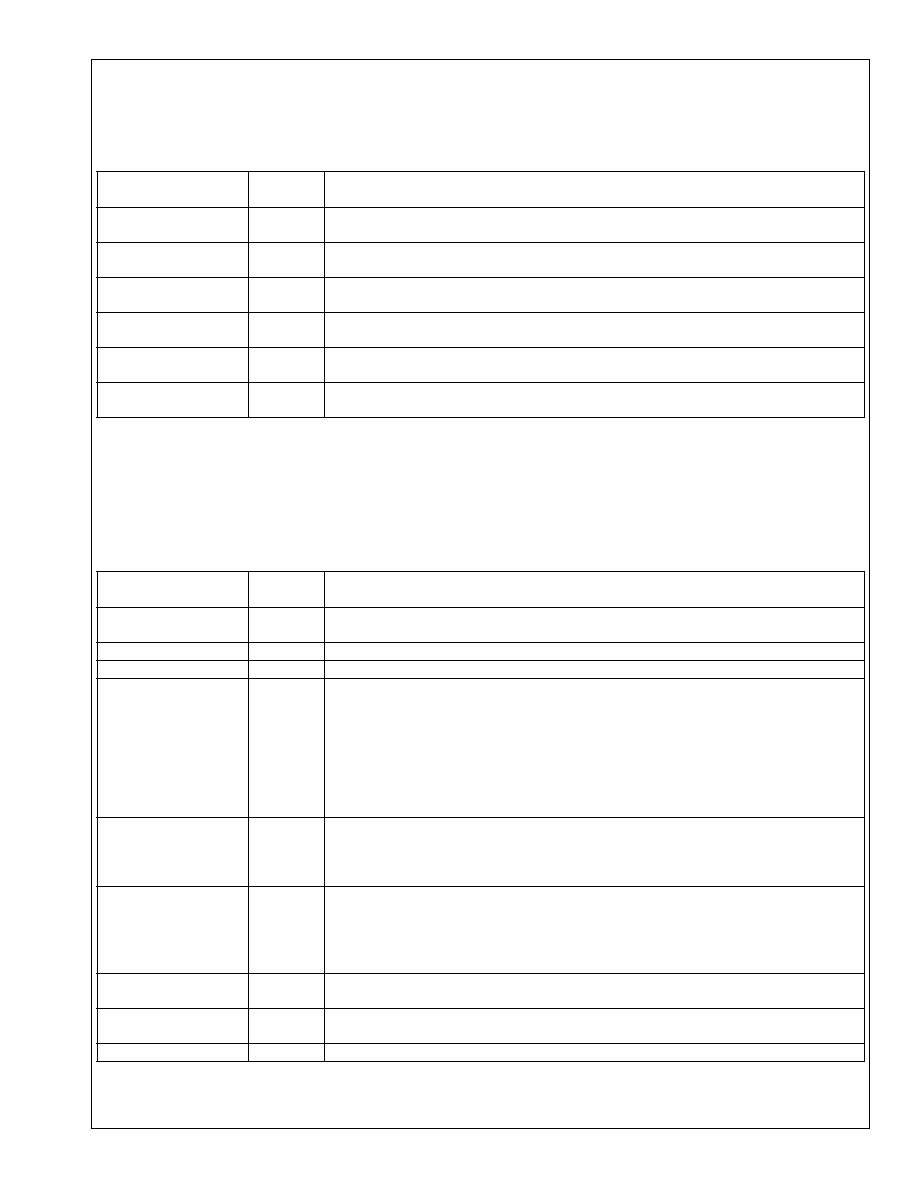
LHF32K10
15
Rev. 1.55
4.5.4 Device Geometry Definition
This field provides critical details of the flash device geometry.
Table 10. Device Geometry Definition
Offset
(Word Address)
Length
Description
27H
01H
Device Size
16H (16H=22, 2
22
=4194304=4M Bytes)
28H,29H
02H
Flash Device Interface description
02H,00H (x8/x16 supports x8 and x16 via BYTE#)
2AH,2BH
02H
Maximum Number of Bytes in Multi-byte
05H,00H (2
5
=32 Bytes )
2CH
01H
Number of Erase Block Regions within device
01H (symmetrically blocked)
2DH,2EH
02H
The Number of Erase Blocks
3FH,00H (3FH=63 ==> 63+1=64 Blocks)
2FH,30H
02H
The Number of "256 Bytes" cluster in a Erase block
00H,01H (0100H=256 ==>256 Bytes x 256= 64K Bytes in a Erase Block)
4.5.5 SCS OEM Specific Extended Query Table
Certain flash features and commands may be optional in a vendor-specific algorithm specification. The optional
vendor-specific Query table(s) may be used to specify this and other types of information. These structures are
defined solely by the flash vendor(s).
Table 11. SCS OEM Specific Extended Query Table
Offset
(Word Address)
Length
Description
31H,32H,33H
03H
PRI
50H,52H,49H
34H
01H
31H (1) Major Version Number , ASCII
35H
01H
30H (0) Minor Version Number, ASCII
36H,37H,
38H,39H
04H
0FH,00H,00H,00H
Optional Command Support
bit0=1 : Chip Erase Supported
bit1=1 : Suspend Erase Supported
bit2=1 : Suspend Write Supported
bit3=1 : Lock/Unlock Supported
bit4=0 : Queued Erase Not Supported
bit5-31=0 : reserved for future use
3AH
01H
01H
Supported Functions after Suspend
bit0=1 : Write Supported after Erase Suspend
bit1-7=0 : reserved for future use
3BH,3CH
02H
03H,00H
Block Status Register Mask
bit0=1 : Block Status Register Lock Bit [BSR.0] active
bit1=1 : Block Status Register Valid Bit [BSR.1] active
bit2-15=0 : reserved for future use
3DH
01H
V
CC
Logic Supply Optimum Write/Erase voltage(highest performance)
50H(5.0V)
3EH
01H
V
PP
Programming Supply Optimum Write/Erase voltage(highest performance)
50H(5.0V)
3FH
reserved
Reserved for future versions of the SCS Specification
sharp

LHF32K10
16
Rev. 1.55
4.6 Block Erase Command
Block erase is executed one block at a time and
initiated by a two-cycle command. A block erase
setup is first written, followed by an block erase
confirm. This command sequence requires
appropriate sequencing and an address within the
block to be erased (erase changes all block data to
FFH). Block preconditioning, erase and verify are
handled internally by the WSM (invisible to the
system). After the two-cycle block erase sequence is
written, the device automatically outputs status
register data when read (see Figure 5). The CPU can
detect block erase completion by analyzing the
output data of the STS pin or status register bit SR.7.
When the block erase is complete, status register bit
SR.5 should be checked. If a block erase error is
detected, the status register should be cleared before
system software attempts corrective actions. The CUI
remains in read status register mode until a new
command is issued.
This two-step command sequence of set-up followed
by execution ensures that block contents are not
accidentally erased. An invalid Block Erase command
sequence will result in both status register bits SR.4
and SR.5 being set to "1". Also, reliable block erasure
can only occur when V
CC
=V
CC1/2
and V
PP
=V
PPH1
. In
the absence of this high voltage, block contents are
protected against erasure. If block erase is attempted
while V
PP
V
PPLK
, SR.3 and SR.5 will be set to "1".
Successful block erase requires that the
corresponding block lock-bit be cleared or if set, that
WP#=V
IH
. If block erase is attempted when the
corresponding block lock-bit is set and WP#=V
IL
,
SR.1 and SR.5 will be set to "1".
4.7 Full Chip Erase Command
This command followed by a confirm command
(D0H) erases all of the unlocked blocks. A full chip
erase setup is first written, followed by a full chip
erase confirm. After a confirm command is written,
device erases the all unlocked blocks from block 0 to
Block 63 block by block. This command sequence
requires appropriate sequencing. Block
preconditioning, erase and verify are handled
internally by the WSM (invisible to the system). After
the two-cycle full chip erase sequence is written, the
device automatically outputs status register data
when read (see Figure 6). The CPU can detect full
chip erase completion by analyzing the output data of
the STS pin or status register bit SR.7.
When the full chip erase is complete, status register
bit SR.5 should be checked. If erase error is
detected, the status register should be cleared before
system software attempts corrective actions. The CUI
remains in read status register mode until a new
command is issued. If error is detected on a block
during full chip erase operation, WSM stops erasing
the block and begin to erase the next block. Reading
the block valid status by issuing Read ID Codes
command or Query command informs which blocks
failed to its erase.
This two-step command sequence of set-up followed
by execution ensures that block contents are not
accidentally erased. An invalid Full Chip Erase
command sequence will result in both status register
bits SR.4 and SR.5 being set to "1". Also, reliable full
chip erasure can only occur when V
CC
=V
CC1/2
and
V
PP
=V
PPH1
. In the absence of this high voltage, block
contents are protected against erasure. If full chip
erase is attempted while V
PP
V
PPLK
, SR.3 and SR.5
will be set to "1". When WP#=V
IH
, all blocks are
erased independent of block lock-bits status. When
WP#=V
IL
, only unlocked blocks are erased. Full chip
erase can not be suspended.
sharp

LHF32K10
17
Rev. 1.55
4.8 Word/Byte Write Command
Word/byte write is executed by a two-cycle command
sequence. Word/Byte Write setup (standard 40H or
alternate 10H) is written, followed by a second write
that specifies the address and data (latched on the
rising edge of WE#). The WSM then takes over,
controlling the word/byte write and write verify
algorithms internally. After the word/byte write
sequence is written, the device automatically outputs
status register data when read (see Figure 7). The
CPU can detect the completion of the word/byte write
event by analyzing the STS pin or status register bit
SR.7.
When word/byte write is complete, status register bit
SR.4 should be checked. If word/byte write error is
detected, the status register should be cleared. The
internal WSM verify only detects errors for "1"s that
do not successfully write to "0"s. The CUI remains in
read status register mode until it receives another
command.
Reliable word/byte writes can only occur when
V
CC
=V
CC1/2
and V
PP
=V
PPH1
. In the absence of this
high voltage, memory contents are protected against
word/byte writes. If word/byte write is attempted while
V
PP
V
PPLK
, status register bits SR.3 and SR.4 will be
set to "1". Successful word/byte write requires that
the corresponding block lock-bit be cleared or, if set,
that WP#=V
IH
. If word/byte write is attempted when
the corresponding block lock-bit is set and WP#=V
IL
,
SR.1 and SR.4 will be set to "1". Word/byte write
operations with V
IL
<WP#<V
IH
produce spurious
results and should not be attempted.
4.9 Multi Word/Byte Write Command
Multi word/byte write is executed by at least four-
cycle or up to 35-cycle command sequence. Up to
32 bytes in x8 mode (16 words in x16 mode) can be
loaded into the buffer and written to the Flash Array.
First, multi word/byte write setup (E8H) is written with
the write address. At this point, the device
automatically outputs extended status register data
(XSR) when read (see Figure 8, 9). If extended
status register bit XSR.7 is 0, no Multi Word/Byte
Write command is available and multi word/byte write
setup which just has been written is ignored. To retry,
continue monitoring XSR.7 by writing multi word/byte
write setup with write address until XSR.7 transitions
to 1. When XSR.7 transitions to 1, the device is ready
for loading the data to the buffer. A word/byte count
(N)-1 is written with write address. After writing a
word/byte count(N)-1, the device automatically turns
back to output status register data. The word/byte
count (N)-1 must be less than or equal to 1FH in x8
mode (0FH in x16 mode). On the next write, device
start address is written with buffer data. Subsequent
writes provide additional device address and data,
depending on the count. All subsequent address
must lie within the start address plus the count. After
the final buffer data is written, write confirm (D0H)
must be written. This initiates WSM to begin copying
the buffer data to the Flash Array. An invalid Multi
Word/Byte Write command sequence will result in
both status register bits SR.4 and SR.5 being set to
"1". For additional multi word/byte write, write another
multi word/byte write setup and check XSR.7. The
Multi Word/Byte Write command can be queued
while WSM is busy as long as XSR.7 indicates "1",
because LH28F320S5NS-L90 has two buffers. If an
error occurs while writing, the device will stop writing
and flush next multi word/byte write command loaded
in multi word/byte write command. Status register bit
SR.4 will be set to "1". No multi word/byte write
command is available if either SR.4 or SR.5 are set
to "1". SR.4 and SR.5 should be cleared before
issuing multi word/byte write command. If a multi
word/byte write command is attempted past an erase
block boundary, the device will write the data to Flash
Array up to an erase block boundary and then stop
writing. Status register bits SR.4 and SR.5 will be set
to "1".
Reliable multi byte writes can only occur when
V
CC
=V
CC1/2
and V
PP
=V
PPH1
. In the absence of this
high voltage, memory contents are protected against
multi word/byte writes. If multi word/byte write is
attempted while V
PP
V
PPLK
, status register bits SR.3
and SR.4 will be set to "1". Successful multi
word/byte write requires that the corresponding block
lock-bit be cleared or, if set, that WP#=V
IH
. If multi
byte write is attempted when the corresponding block
lock-bit is set and WP#=V
IL
, SR.1 and SR.4 will be
set to "1".
sharp

LHF32K10
18
Rev. 1.55
4.10 Block Erase Suspend Command
The Block Erase Suspend command allows block-
erase interruption to read or (multi) word/byte-write
data in another block of memory. Once the block-
erase process starts, writing the Block Erase
Suspend command requests that the WSM suspend
the block erase sequence at a predetermined point in
the algorithm. The device outputs status register data
when read after the Block Erase Suspend command
is written. Polling status register bits SR.7 and SR.6
can determine when the block erase operation has
been suspended (both will be set to "1"). STS will
also transition to High Z. Specification t
WHRH2
defines
the block erase suspend latency.
At this point, a Read Array command can be written
to read data from blocks other than that which is
suspended. A (Multi) Word/Byte Write command
sequence can also be issued during erase suspend
to program data in other blocks. Using the (Multi)
Word/Byte Write Suspend command (see Section
4.11), a (multi) word/byte write operation can also be
suspended. During a (multi) word/byte write operation
with block erase suspended, status register bit SR.7
will return to "0" and the STS (if set to RY/BY#)
output will transition to V
OL
. However, SR.6 will
remain "1" to indicate block erase suspend status.
The only other valid commands while block erase is
suspended are Read Status Register and Block
Erase Resume. After a Block Erase Resume
command is written to the flash memory, the WSM
will continue the block erase process. Status register
bits SR.6 and SR.7 will automatically clear and STS
will return to V
OL
. After the Erase Resume command
is written, the device automatically outputs status
register data when read (see Figure 10). V
PP
must
remain at V
PPH1
(the same V
PP
level used for block
erase) while block erase is suspended. RP# must
also remain at V
IH
. Block erase cannot resume until
(multi) word/byte write operations initiated during
block erase suspend have completed.
4.11 (Multi) Word/Byte Write Suspend
Command
The (Multi) Word/Byte Write Suspend command
allows (multi) word/byte write interruption to read data
in other flash memory locations. Once the (multi)
word/byte write process starts, writing the (Multi)
Word/Byte Write Suspend command requests that
the WSM suspend the (multi) word/byte write
sequence at a predetermined point in the algorithm.
The device continues to output status register data
when read after the (Multi) Word/Byte Write Suspend
command is written. Polling status register bits SR.7
and SR.2 can determine when the (multi) word/byte
write operation has been suspended (both will be set
to "1"). STS will also transition to High Z.
Specification t
WHRH1
defines the (multi) word/byte
write suspend latency.
At this point, a Read Array command can be written
to read data from locations other than that which is
suspended. The only other valid commands while
(multi) word/byte write is suspended are Read Status
Register and (Multi) Word/Byte Write Resume. After
(Multi) Word/Byte Write Resume command is written
to the flash memory, the WSM will continue the
(multi) word/byte write process. Status register bits
SR.2 and SR.7 will automatically clear and STS will
return to V
OL
. After the (Multi) Word/Byte Write
command is written, the device automatically outputs
status register data when read (see Figure 11). V
PP
must remain at V
PPH1
(the same V
PP
level used for
(multi) word/byte write) while in (multi) word/byte
write suspend mode. WP# must also remain at V
IH
or
V
IL
.
sharp

LHF32K10
19
Rev. 1.55
4.12 Set Block Lock-Bit Command
A flexible block locking and unlocking scheme is
enabled via block lock-bits. The block lock-bits gate
program and erase operations With WP#=V
IH
,
individual block lock-bits can be set using the Set
Block Lock-Bit command. See Table 13 for a
summary of hardware and software write protection
options.
Set block lock-bit is executed by a two-cycle
command sequence. The set block lock-bit setup
along with appropriate block or device address is
written followed by either the set block lock-bit
confirm (and an address within the block to be
locked). The WSM then controls the set block lock-bit
algorithm. After the sequence is written, the device
automatically outputs status register data when read
(see Figure 12). The CPU can detect the completion
of the set block lock-bit event by analyzing the STS
pin output or status register bit SR.7.
When the set block lock-bit operation is complete,
status register bit SR.4 should be checked. If an error
is detected, the status register should be cleared.
The CUI will remain in read status register mode until
a new command is issued.
This two-step sequence of set-up followed by
execution ensures that block lock-bits are not
accidentally set. An invalid Set Block Lock-Bit
command will result in status register bits SR.4 and
SR.5 being set to "1". Also, reliable operations occur
only when V
CC
=V
CC1/2
and V
PP
=V
PPH1
. In the
absence of this high voltage, block lock-bit contents
are protected against alteration.
A successful set block lock-bit operation requires
WP#=V
IH
. If it is attempted with WP#=V
IL
, SR.1 and
SR.4 will be set to "1" and the operation will fail. Set
block lock-bit operations with WP#<V
IH
produce
spurious results and should not be attempted.
4.13 Clear Block Lock-Bits Command
All set block lock-bits are cleared in parallel via the
Clear Block Lock-Bits command. With WP#=V
IH
,
block lock-bits can be cleared using only the Clear
Block Lock-Bits command. See Table 13 for a
summary of hardware and software write protection
options.
Clear block lock-bits operation is executed by a two-
cycle command sequence. A clear block lock-bits
setup is first written. After the command is written, the
device automatically outputs status register data
when read (see Figure 13). The CPU can detect
completion of the clear block lock-bits event by
analyzing the STS Pin output or status register bit
SR.7.
When the operation is complete, status register bit
SR.5 should be checked. If a clear block lock-bit error
is detected, the status register should be cleared.
The CUI will remain in read status register mode until
another command is issued.
This two-step sequence of set-up followed by
execution ensures that block lock-bits are not
accidentally cleared. An invalid Clear Block Lock-Bits
command sequence will result in status register bits
SR.4 and SR.5 being set to "1". Also, a reliable clear
block lock-bits operation can only occur when
V
CC
=V
CC1/2
and V
PP
=V
PPH1
. If a clear block lock-bits
operation is attempted while V
PP
V
PPLK
, SR.3 and
SR.5 will be set to "1". In the absence of this high
voltage, the block lock-bits content are protected
against alteration. A successful clear block lock-bits
operation requires WP#=V
IH
. If it is attempted with
WP#=V
IL
, SR.1 and SR.5 will be set to "1" and the
operation will fail. Clear block lock-bits operations
with V
IH
<RP# produce spurious results and should
not be attempted.
If a clear block lock-bits operation is aborted due to
V
PP
or V
CC
transitioning out of valid range or RP#
active transition, block lock-bit values are left in an
undetermined state. A repeat of clear block lock-bits
is required to initialize block lock-bit contents to
known values.
sharp
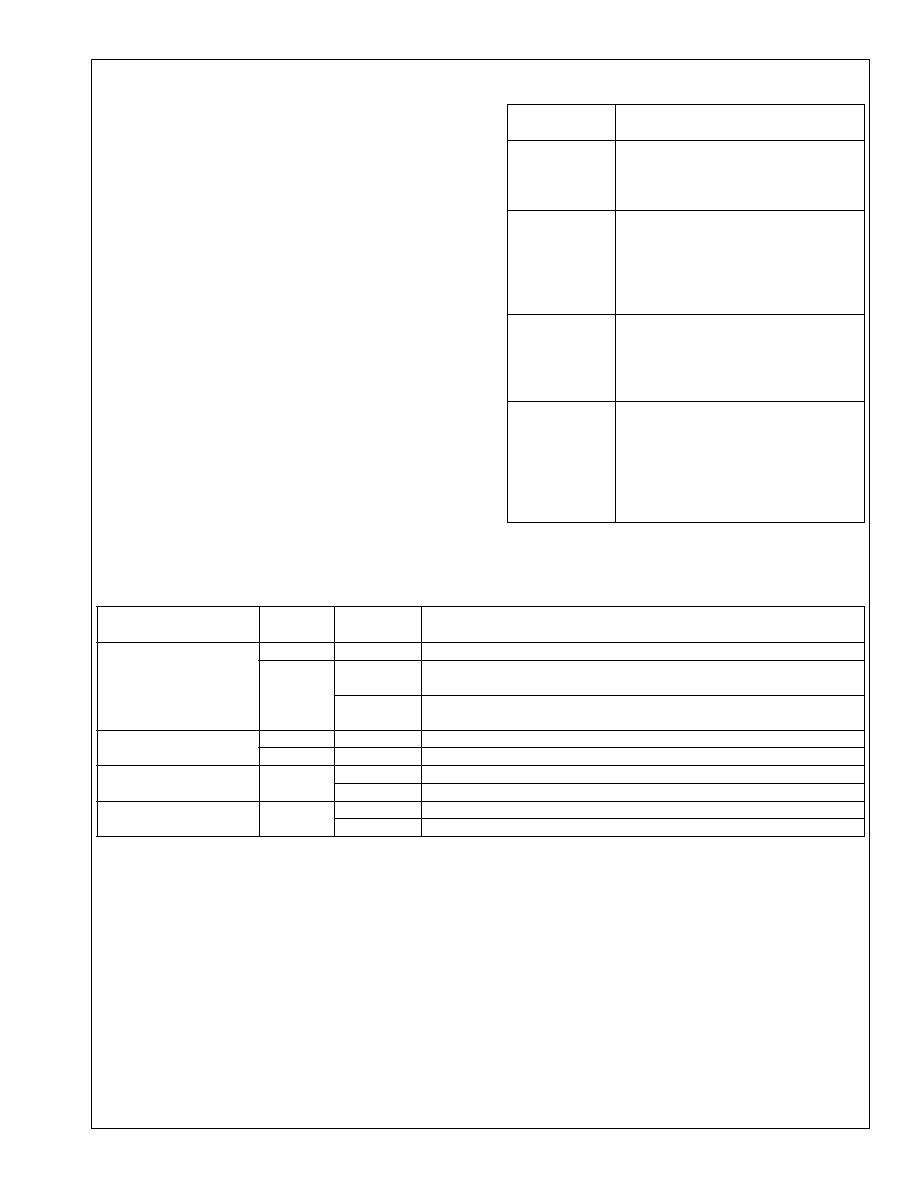
LHF32K10
20
Rev. 1.55
4.14 STS Configuration Command
The Status (STS) pin can be configured to different
states using the STS Configuration command. Once
the STS pin has been configured, it remains in that
configuration until another configuration command is
issued, the device is powered down or RP# is set to
V
IL
. Upon initial device power-up and after exit from
deep power-down mode, the STS pin defaults to
RY/BY# operation where STS low indicates that the
WSM is busy. STS High Z indicates that the WSM is
ready for a new operation.
To reconfigure the STS pin to other modes, the STS
Configuration is issued followed by the appropriate
configuration code. The three alternate configurations
are all pulse mode for use as a system interrupt. The
STS Configuration command functions independently
of the V
PP
voltage and RP# must be V
IH
.
Table 12. STS Configuration Coding Description
Configuration
Bits
Effects
00H
Set STS pin to default level mode
(RY/BY#). RY/BY# in the default
level-mode of operation will indicate
WSM status condition.
01H
Set STS pin to pulsed output signal
for specific erase operation. In this
mode, STS provides low pulse at
the completion of BLock Erase,
Full Chip Erase and Clear Block
Lock-bits operations.
02H
Set STS pin to pulsed output signal
for a specific write operation. In this
mode, STS provides low pulse at
the completion of (Multi) Byte Write
and Set Block Lock-bit operation.
03H
Set STS pin to pulsed output signal
for specific write and erase
operation. STS provides low pulse
at the completion of Block Erase,
Full Chip Erase, (Multi) Word/Byte
Write and Block Lock-bit
Configuration operations.
Table 13. Write Protection Alternatives
Operation
Block
Lock-Bit
WP#
Effect
Block Erase,
0
V
IL
or V
IH
Block Erase and (Multi) Word/Byte Write Enabled
(Multi) Word/Byte
Write
1
V
IL
Block is Locked. Block Erase and (Multi) Word/Byte Write
Disabled
V
IH
Block Lock-Bit Override. Block Erase and (Multi) Word/Byte
Write Enabled
Full Chip Erase
0,1
V
IL
All unlocked blocks are erased, locked blocks are not erased
X
V
IH
All blocks are erased
Set Block Lock-Bit
X
V
IL
Set Block Lock-Bit Disabled
V
IH
Set Block Lock-Bit Enabled
Clear Block Lock-Bits
X
V
IL
Clear Block Lock-Bits Disabled
V
IH
Clear Block Lock-Bits Enabled
sharp
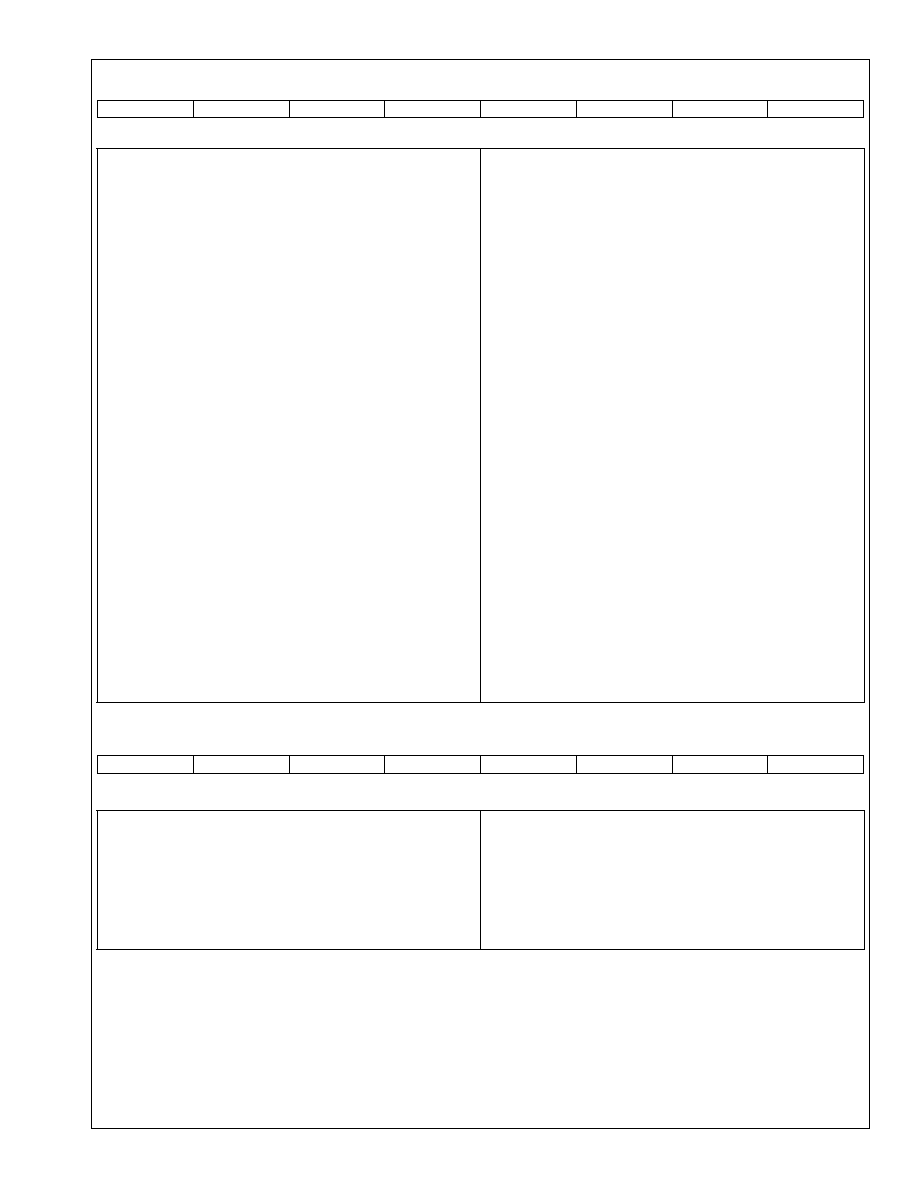
LHF32K10
21
Rev. 1.55
Table 14. Status Register Definition
WSMS
BESS
ECBLBS
WSBLBS
VPPS
WSS
DPS
R
7
6
5
4
3
2
1
0
SR.7 = WRITE STATE MACHINE STATUS
1 = Ready
0 = Busy
SR.6 = BLOCK ERASE SUSPEND STATUS
1 = Block Erase Suspended
0 = Block Erase in Progress/Completed
SR.5 = ERASE AND CLEAR BLOCK LOCK-BITS
STATUS
1 = Error in Erase or Clear Blocl Lock-Bits
0 = Successful Erase or Clear Block Lock-Bits
SR.4 = WRITE AND SET BLOCK LOCK-BIT STATUS
1 = Error in Write or Set Block Lock-Bit
0 = Successful Write or Set Block Lock-Bit
SR.3 = V
PP
STATUS
1 = V
PP
Low Detect, Operation Abort
0 = V
PP
OK
SR.2 = WRITE SUSPEND STATUS
1 = Write Suspended
0 = Write in Progress/Completed
SR.1 = DEVICE PROTECT STATUS
1 = Block Lock-Bit and/or WP# Lock Detected,
Operation Abort
0 = Unlock
SR.0 = RESERVED FOR FUTURE ENHANCEMENTS
NOTES:
Check STS or SR.7 to determine block erase, full chip
erase, (multi) word/byte write or block lock-bit
configuration completion.
SR.6-0 are invalid while SR.7="0".
If both SR.5 and SR.4 are "1"s after a block erase, full
chip erase, (multi) word/byte write, block lock-bit
configuration or STS configuration attempt, an improper
command sequence was entered.
SR.3 does not provide a continuous indication of V
PP
level. The WSM interrogates and indicates the V
PP
level
only after block erase, full chip erase, (multi) word/byte
write or block lock-bit configuration command
sequences. SR.3 is not guaranteed to reports accurate
feedback only when V
PP
V
PPH1
.
SR.1 does not provide a continuous indication of block
lock-bit values. The WSM interrogates block lock-bit,
and WP# only after block erase, full chip erase, (multi)
word/byte write or block lock-bit configuration command
sequences. It informs the system, depending on the
attempted operation, if the block lock-bit is set and/or
WP# is not V
IH
. Reading the block lock configuration
codes after writing the Read Identifier Codes command
indicates block lock-bit status.
SR.0 is reserved for future use and should be masked
out when polling the status register.
Table 14.1. Extended Status Register Definition
SMS
R
R
R
R
R
R
R
7
6
5
4
3
2
1
0
XSR.7 = STATE MACHINE STATUS
1 = Multi Word/Byte Write available
0 = Multi Word/Byte Write not available
XSR.6-0=RESERVED FOR FUTURE ENHANCEMENTS
NOTES:
After issue a Multi Word/Byte Write command: XSR.7
indicates that a next Multi Word/Byte Write command is
available.
XSR.6-0 is reserved for future use and should be
masked out when polling the extended status register.
sharp
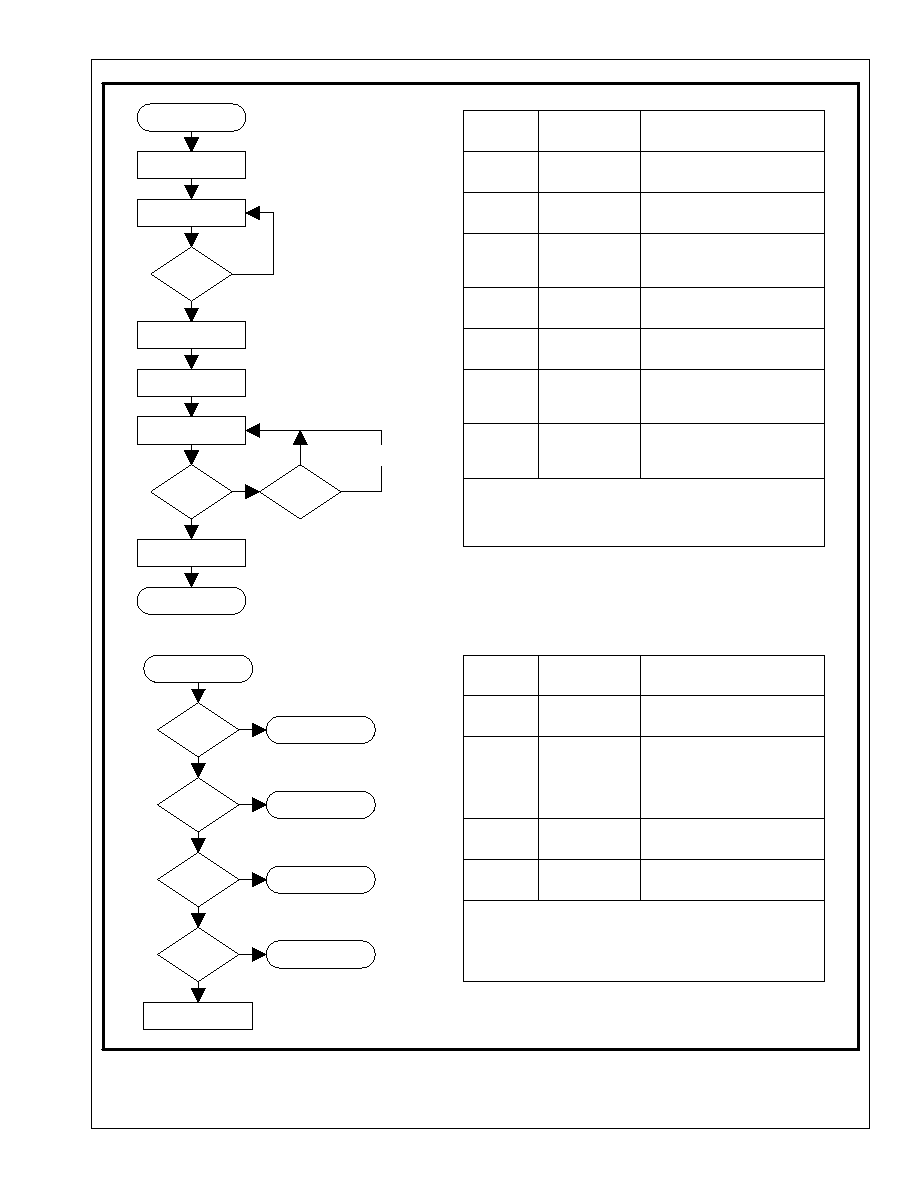
Bus
Operation
Command
Comments
Write
Write
Read
Standby
Erase Setup
Erase
Confirm
Data=20H
Addr=Within Block to be Erased
Data=D0H
Addr=Within Block to be Erased
Status Register Data
Check SR.7
1=WSM Ready
0=WSM Busy
Repeat for subsequent block erasures.
Full status check can be done after each block erase or after a sequence of
block erasures.
Write FFH after the last operation to place device in read array mode.
Bus
Operation
Command
Comments
Standby
1=V
PP
Error Detect
1=Device Protect Detect
Check SR.4,5
SR.5,SR.4,SR.3 and SR.1 are only cleared by the Clear Status
Register Command in cases where multiple blocks are erased
before full status is checked.
If error is detected, clear the Status Register before attempting
retry or other error recovery.
Check SR.5
1=Block Erase Error
Standby
Standby
Standby
Check SR.3
Check SR.1
WP#=V
IL
,Block Lock-Bit is Set
Only required for systems
implementing lock-bit configuration
Both 1=Command Sequence Error
FULL STATUS CHECK PROCEDURE
Read Status Register
Data(See Above)
SR.3=
1
0
V
PP
Range Error
Device Protect Error
Command Sequence
Error
Block Erase Error
SR.1=
1
0
SR.4,5=
SR.5=
1
1
0
0
Block Erase Successful
Start
Write 20H,
Block Address
Write D0H,
Block Address
Read Status
Register
SR.7=
0
1
Suspend
Block Erase
No
Yes
Suspend Block
Erase Loop
Full Status
Check if Desired
Block Erase
Complete
Write 70H
Read Status
Register
SR.7=
0
1
Write
Read
Read Status
Data=70H
Addr=X
Standby
Register
Status Register Data
Check SR.7
1=WSM Ready
0=WSM Busy
LHF32K10
22
Rev. 1.55
Figure 5. Automated Block Erase Flowchart
sharp
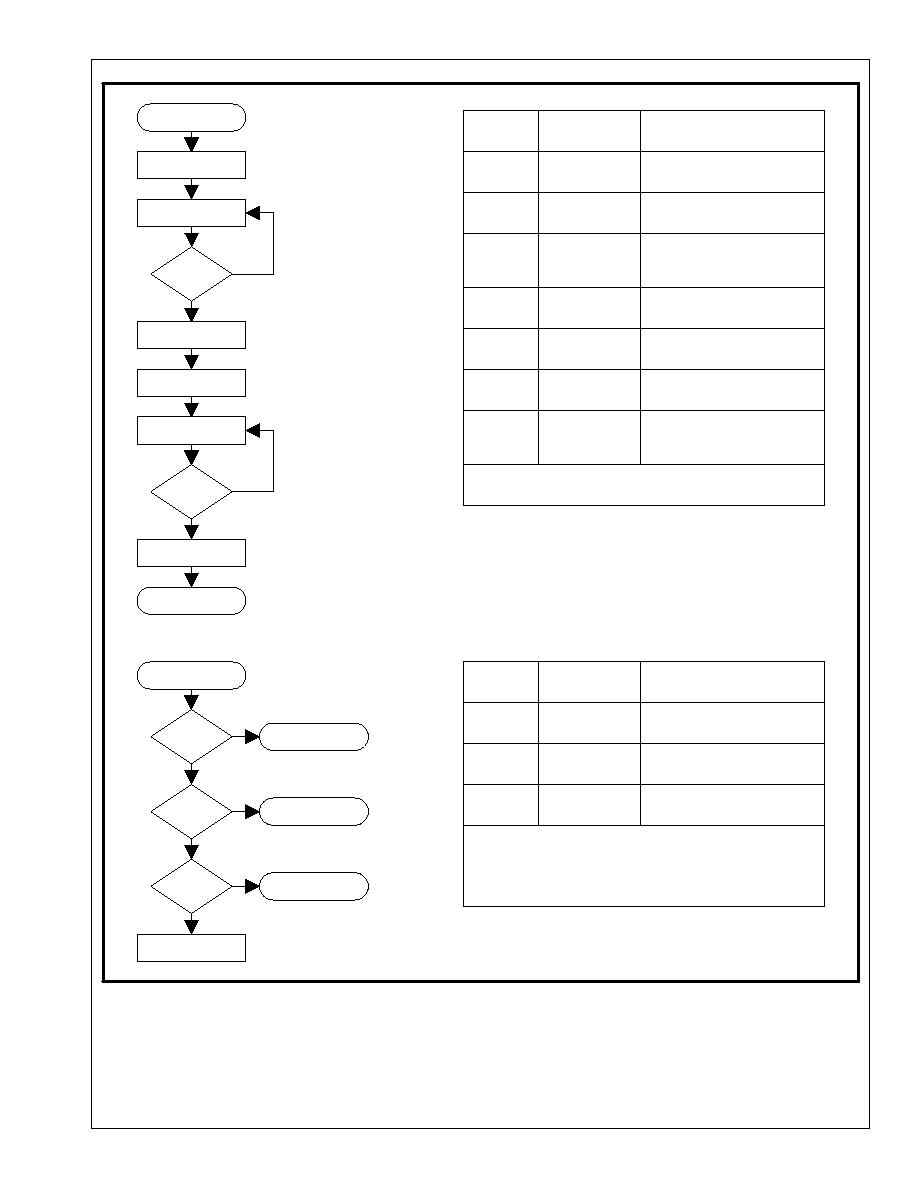
Bus
Operation
Command
Comments
Write
Write
Read
Standby
Full Chip Erase
Confirm
Data=30H
Addr=X
Data=D0H
Addr=X
Status Register Data
Check SR.7
1=WSM Ready
0=WSM Busy
Full status check can be done after each full chip erase.
Write FFH after the last operation to place device in read array mode.
Bus
Operation
Command
Comments
Standby
1=V
PP
Error Detect
Check SR.4,5
SR.5,SR.4,SR.3 and SR.1 are only cleared by the Clear Status
Register Command in cases where multiple blocks are erased
before full status is checked.
If error is detected, clear the Status Register before attempting
retry or other error recovery.
Check SR.5
1=Full Chip Erase Error
Standby
Standby
Check SR.3
Both 1=Command Sequence Error
FULL STATUS CHECK PROCEDURE
Read Status Register
Data(See Above)
SR.3=
1
0
V
PP
Range Error
Command Sequence
Error
Full Chip Erase Error
SR.4,5=
SR.5=
1
1
0
0
Full Chip Erase
Successful
Start
Write 30H
Write D0H
Read Status
Register
SR.7=
0
1
Full Status
Check if Desired
Full Chip Erase
Complete
Write 70H
Read Status
Register
SR.7=
0
1
Write
Read
Read Status
Data=70H
Addr=X
Standby
Register
Status Register Data
Check SR.7
1=WSM Ready
0=WSM Busy
Full Chip Erase
Setup
LHF32K10
23
Rev. 1.55
Figure 6. Automated Full Chip Erase Flowchart
sharp
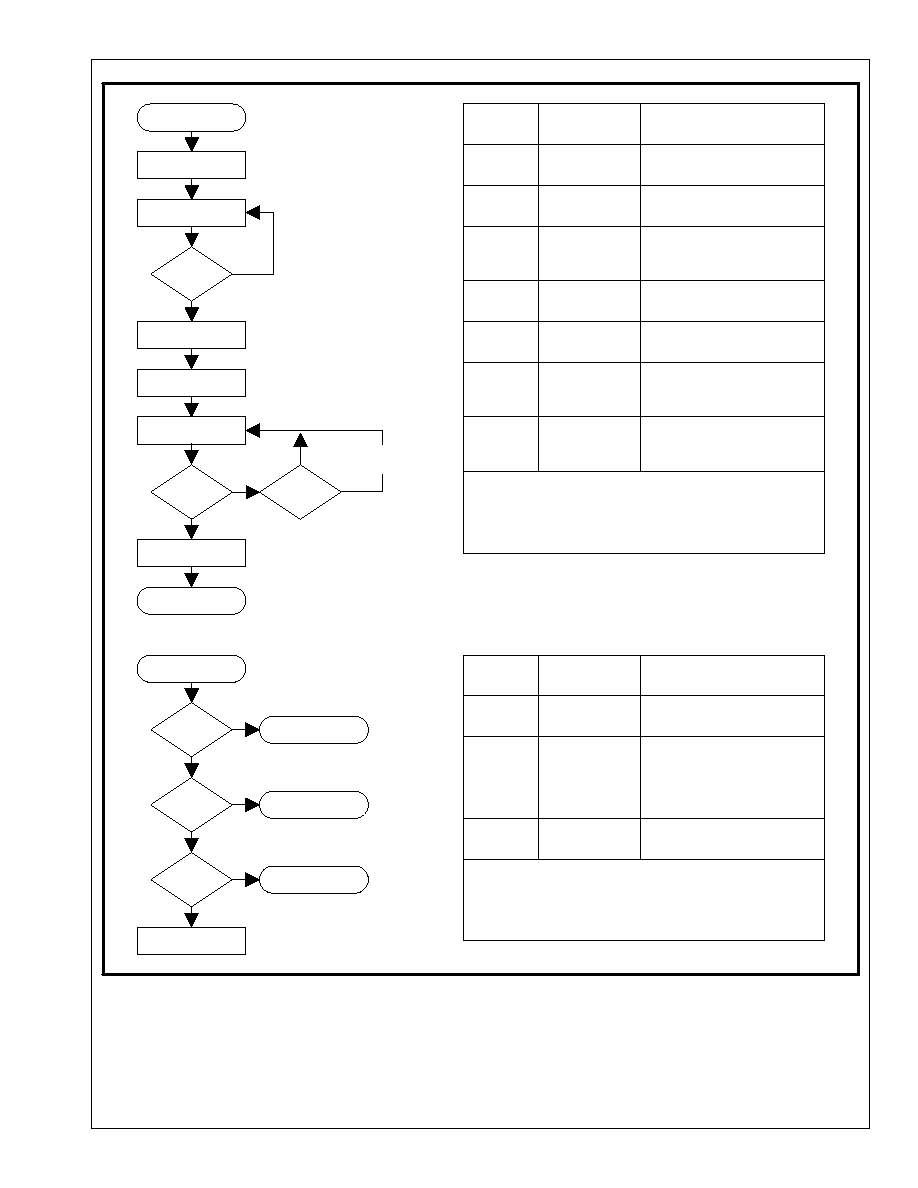
Bus
Operation
Command
Comments
Write
Write
Read
Standby
Setup Word/Byte
Word/Byte Write
Data=40H or 10H
Addr=Location to Be Written
Data=Data to Be Written
Addr=Location to Be Written
Status Register Data
Check SR.7
1=WSM Ready
0=WSM Busy
Repeat for subsequent word/byte writes.
SR full status check can be done after each word/byte write, or after a sequence of
word/byte writes.
Write FFH after the last word/byte write operation to place device in
read array mode.
Bus
Operation
Command
Comments
1=V
PP
Error Detect
1=Device Protect Detect
SR.4,SR.3 and SR.1 are only cleared by the Clear Status Register
command in cases where multiple locations are written before
full status is checked.
If error is detected, clear the Status Register before attempting
retry or other error recovery.
Check SR.4
1=Data Write Error
Standby
Standby
Standby
Check SR.3
Check SR.1
WP#=V
IL
,Block Lock-Bit is Set
Only required for systems
implementing lock-bit configuration
Start
Write 40H or 10H,
Address
Write Word/Byte
Data and Address
Read
Status Register
SR.7=
0
1
Suspend
Word/Byte
No
Yes
Suspend Word/Byte
Write Loop
Full Status
Check if Desired
Word/byte Write
Complete
FULL STATUS CHECK PROCEDURE
Read Status Register
Data(See Above)
SR.3=
1
0
V
PP
Range Error
Device Protect Error
Word/byte Write Error
SR.1=
1
0
SR.4=
1
0
Word/Byte Write
Write 70H
Read Status
Register
SR.7=
0
1
Write
Read
Read Status
Data=70H
Addr=X
Standby
Register
Status Register Data
Check SR.7
1=WSM Ready
0=WSM Busy
Write
Successful
Write
LHF32K10
24
Rev. 1.55
Figure 7. Automated Word/byte Write Flowchart
sharp

Bus
Operation
Command
Comments
Write
Write
Data=Word or Byte Count (N)-1
Addr=Start Address
Data=Buffer Data
Addr=Start Address
Check SR.7
1=WSM Ready
0=WSM Busy
SR full status check can be done after each multi word/byte write,
or after a sequence of multi word/byte writes.
Write FFH after the last multi word/byte write operation to place device in
read array mode.
Start
Write Word or Byte Count (N)-1,
Start Address
Write Buffer Data,
Start Address
X=0
X = N
0
Suspend
Multi Word/Byte
No
Yes
Suspend Multi Word/Byte
Write Loop
Full Status
Check if Desired
Write E8H,
Read Extend
Status Register
XSR.7=
0
1
Write
Read
Data=E8H
Addr=Start Address
Standby
Extended Status Register Data
Check XSR.7
1=Multi Word/Byte Write Ready
0=Multi Word/Byte Write Busy
Start Address
Write Buffer Data,
Device Address
X=X+1
Abort Buffer
Write Commnad?
Write Another
Block Address
Abort
Multi Word/Byte Write
Write D0H
Another
Write ?
Buffer
Read Status
Register
SR.7=
1
Complete
Yes
No
No
Yes
No
Yes
Multi Word/Byte Write
Write
Data=Buffer Data
Addr=Device Address
Standby
Write
Read
Data=D0H
Addr=X
Status Register Data
1. Byte or word count values on DQ
0-7
are loaded into the count register.
2. Write Buffer contents will be programmed at the start address.
3. Align the start address on a Write Buffer boundary for maximum
programming performance.
4.The device aborts the Multi Word/Byte Write command if the current address is
outside of the original block address.
5.The Status Register indicates an "improper command sequence" if the Multi
Word/Byte command is aborted. Follow this with a Clear Status Register command.
(Note2,3)
(Note1)
(Note4,5)
Multi Word/Byte Write
Write Buffer
Time Out
No
Yes
Setup
Write
LHF32K10
25
Rev. 1.6
Figure 8. Automated Multi Word/Byte Write Flowchart
sharp

Bus
Operation
Command
Comments
1=V
PP
Error Detect
1=Device Protect Detect
SR.5,SR.4,SR.3 and SR.1 are only cleared by the Clear Status Register
command in cases where multiple locations are written before
full status is checked.
If error is detected, clear the Status Register before attempting
retry or other error recovery.
Check SR.4
1=Data Write Error
Standby
Standby
Standby
Check SR.3
Check SR.1
WP#=V
IL
,Block Lock-Bit is Set
Only required for systems
implementing lock-bit configuration
FULL STATUS CHECK PROCEDURE FOR
Read Status Register
SR.3=
1
0
V
PP
Range Error
Device Protect Error
Multi Word/Byte Write
SR.1=
1
0
SR.4=
1
0
Multi Word/Byte Write
Command Sequence
SR.4,5=
1
0
Error
MULTI WORD/BYTE WRITE OPERATION
Successful
Check SR.4,5
Both 1=Command Sequence Error
Standby
Error
LHF32K10
26
Rev. 1.55
Figure 9. Full Status Check Procedure for Automated Multi Word/Byte Write
sharp

Start
Write B0H
(Multi) Word/Byte Write Loop
Read
Status Register
SR.7=
0
1
No
Bus
Operation
Command
Comments
Write
Read
Standby
Data=B0H
Addr=X
Data=D0H
Status Register Data
Check SR.7
1=WSM Ready
0=WSM Busy
Yes
SR.6=
0
1
Read Array Data
Done?
Block Erase Resumed
Read Array Data
Block Erase Completed
Write FFH
Write D0H
Standby
Write
Erase
Suspend
Erase
Resume
Addr=X
Addr=X
Check SR.6
1=Block Erase Suspended
0=Block Erase Completed
Read or
Write ?
Read
(Multi) Word/Byte Write
LHF32K10
27
Rev. 1.55
Figure 10. Block Erase Suspend/Resume Flowchart
sharp
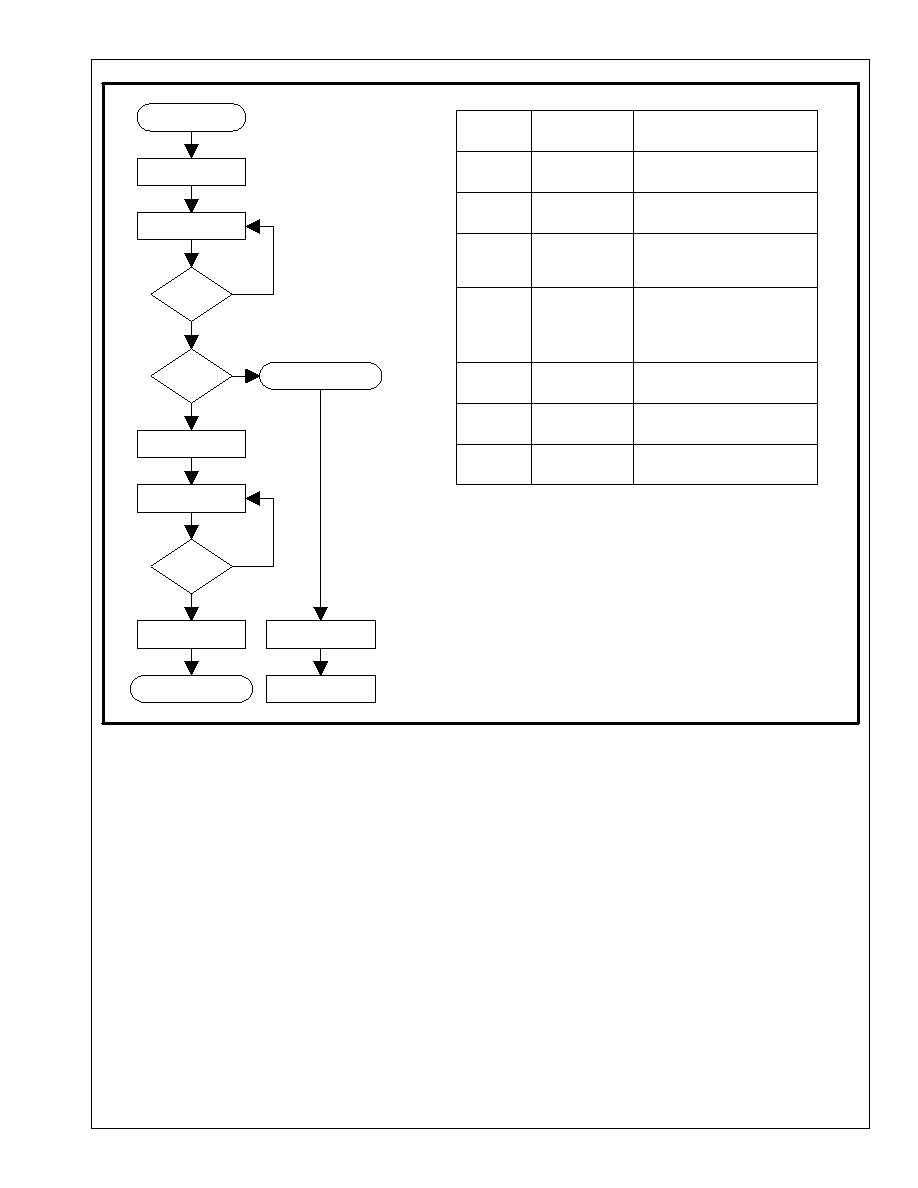
Start
Write B0H
Write FFH
Read
Status Register
SR.7=
0
1
No
Bus
Operation
Command
Comments
Write
Read
Standby
Data=B0H
Addr=X
Data=D0H
Status Register Data
Check SR.7
1=WSM Ready
0=WSM Busy
Yes
SR.2=
0
1
Read Array Data
Done
Reading
(Multi) Word/Byte Write
Read Array Data
(Multi) Word/Byte Write
Write FFH
Write D0H
Standby
Write
Write
Read
(Multi) Word/Byte Write
Suspend
Read Array
(Multi) Word/Byte Write
Resume
Addr=X
Addr=X
Data=FFH
Addr=X
Check SR.2
1=(Multi) Word/Byte Write
0=(Multi) Word/Byte Write
Read Array locations other
than that being written.
Completed
Resumed
Suspended
Completed
LHF32K10
28
Rev. 1.55
Figure 11. (Multi) Word/Byte Write Suspend/Resume Flowchart
sharp
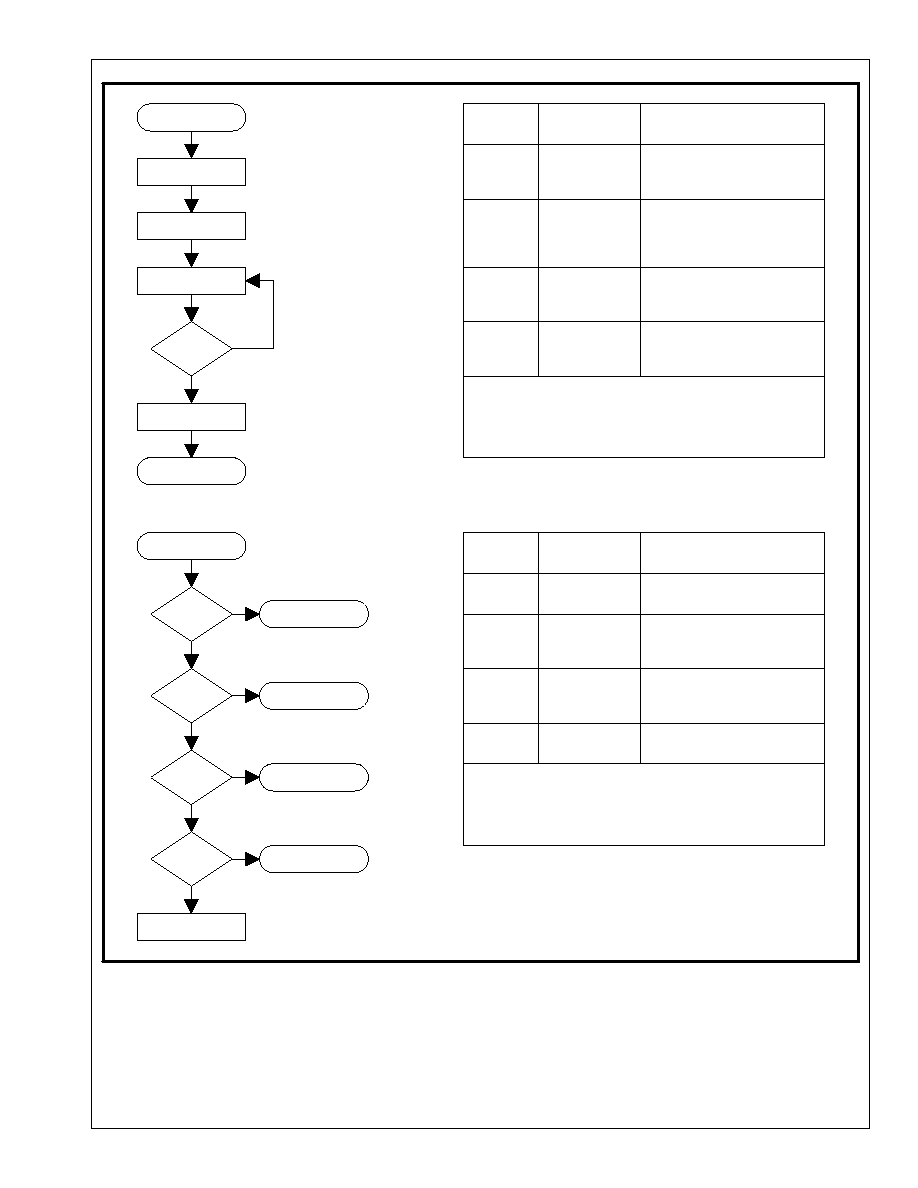
Start
Write 60H,
Block Address
Write 01H,
Block Address
Read
Status Register
SR.7=
0
1
Full Status
Check if Desired
Complete
Set Block Lock-Bit
FULL STATUS CHECK PROCEDURE
Read Status Register
Data(See Above)
SR.3=
1
0
V
PP
Range Error
Device Protect Error
Command Sequence
Error
Set Block Lock-Bit Error
SR.1=
1
0
SR.4,5=
SR.4=
1
1
0
0
Set Block Lock-Bit
Bus
Operation
Command
Comments
Write
Write
Read
Standby
Data=60H
Addr=Block Address
Data=01H,
Addr=Block Address
Status Register Data
Check SR.7
1=WSM Ready
0=WSM Busy
Repeat for subsequent block lock-bit set operations.
Full status check can be done after each block lock-bit set operation
or after a sequence of block lock-bit set operations.
Write FFH after the last block lock-bit set operation to place device in
read array mode.
Set Block
Lock-Bit Setup
Set Block
Lock-Bit Confirm
Bus
Operation
Command
Comments
Standby
1=V
PP
Error Detect
1=Device Protect Detect
Check SR.4,5
Sequence Error
SR.5,SR.4,SR.3 and SR.1 are only cleared by the Clear Status
Register command in cases where multiple block lock-bits are set before
full status is checked.
If error is detected, clear the Status Register before attempting
retry or other error recovery.
Check SR.4
1=Set Block Lock-Bit Error
Standby
Standby
Standby
Check SR.3
Check SR.1
WP#=V
IL
Both 1=Command
Successful
LHF32K10
29
Rev. 1.55
Figure 12. Set Block Lock-Bit Flowchart
sharp
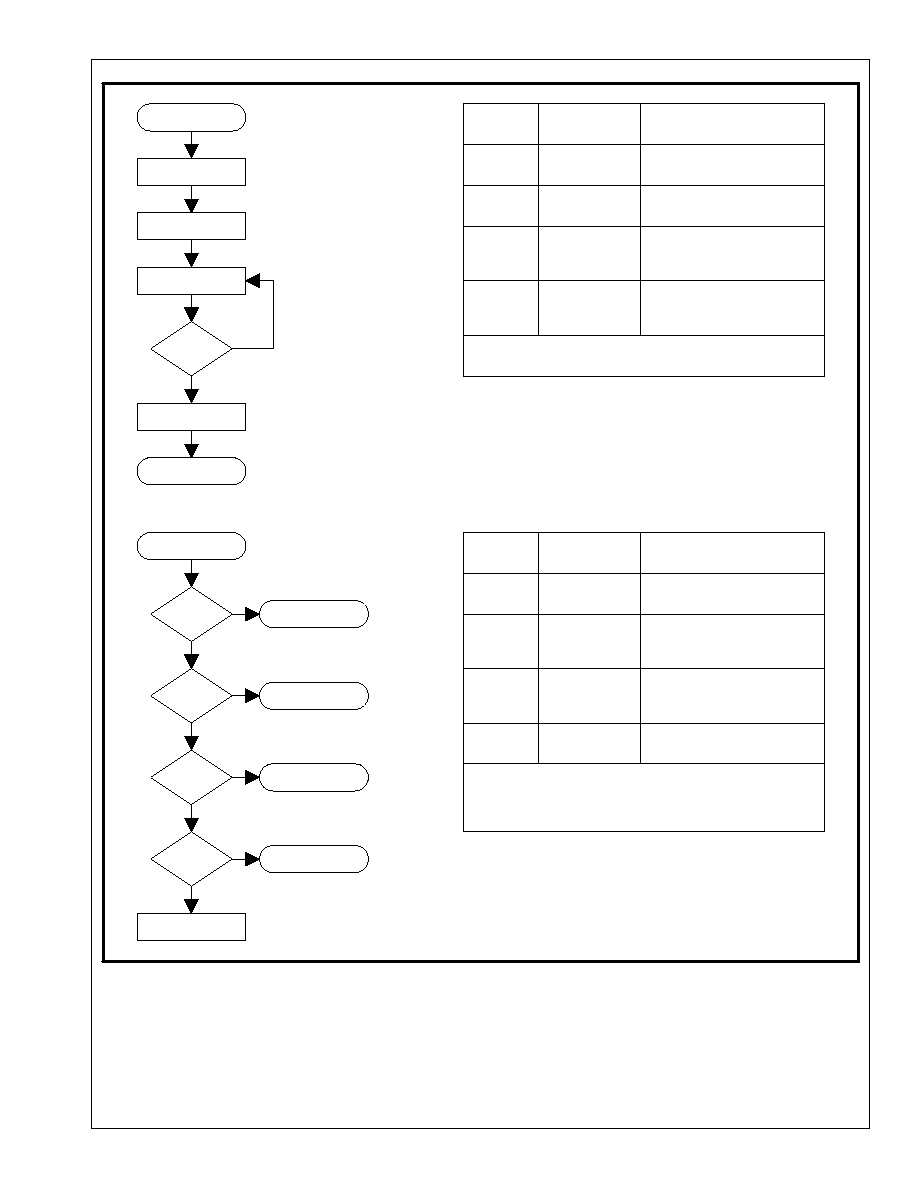
Start
Write 60H
Write D0H
Read
Status Register
SR.7=
0
1
Full Status
Check if Desired
Complete
Clear Block Lock-Bits
FULL STATUS CHECK PROCEDURE
Read Status Register
Data(See Above)
SR.3=
1
0
V
PP
Range Error
Device Protect Error
Command Sequence
Error
Clear Block Lock-Bits
SR.1=
1
0
SR.4,5=
SR.5=
1
1
0
0
Clear Block Lock-Bits
Error
Successful
Bus
Operation
Command
Comments
Write
Write
Read
Standby
Data=60H
Addr=X
Data=D0H
Addr=X
Status Register Data
Check SR.7
1=WSM Ready
0=WSM Busy
Write FFH after the Clear Block Lock-Bits operation to
place device in read array mode.
Clear Block
Lock-Bits Setup
Clear Block
Lock-Bits Confirm
Bus
Operation
Command
Comments
Standby
1=V
PP
Error Detect
1=Device Protect Detect
Check SR.4,5
Sequence Error
SR.5,SR.4,SR.3 and SR.1 are only cleared by the Clear Status
Register command.
If error is detected, clear the Status Register before attempting
retry or other error recovery.
Check SR.5
1=Clear Block Lock-Bits Error
Standby
Standby
Standby
Check SR.3
Check SR.1
Both 1=Command
WP#=V
IL
LHF32K10
30
Rev. 1.55
Figure 13. Clear Block Lock-Bits Flowchart
sharp

LHF32K10
31
Rev. 1.55
5 DESIGN CONSIDERATIONS
5.1 Three-Line Output Control
The device will often be used in large memory arrays.
SHARP provides three control inputs to
accommodate multiple memory connections. Three-
Line control provides for:
a. Lowest possible memory power dissipation.
b. Complete assurance that data bus contention will
not occur.
To use these control inputs efficiently, an address
decoder should enable CE# while OE# should be
connected to all memory devices and the system's
READ# control line. This assures that only selected
memory devices have active outputs while
deselected memory devices are in standby mode.
RP# should be connected to the system
POWERGOOD signal to prevent unintended writes
during system power transitions. POWERGOOD
should also toggle during system reset.
5.2 STS and Block Erase, Full Chip
Erase, (Multi) Word/Byte Write and
Block Lock-Bit Configuration Polling
STS is an open drain output that should be
connected to V
CC
by a pullup resistor to provide a
hardware method of detecting block erase, full chip
erase, (multi) word/byte write and block lock-bit
configuration completion. In default mode, it
transitions low after block erase, full chip erase,
(multi) word/byte write or block lock-bit configuration
commands and returns to V
OH
when the WSM has
finished executing the internal algorithm. For
alternate STS pin configurations, see the
Configuration command.
STS can be connected to an interrupt input of the
system CPU or controller. It is active at all times.
STS, in default mode, is also High-Z when the device
is in block erase suspend (with (multi) word/byte write
inactive), (multi) word/byte write suspend or deep
power-down modes.
5.3 Power Supply Decoupling
Flash memory power switching characteristics require
careful device decoupling. System designers are
interested in three supply current issues; standby
current levels, active current levels and transient
peaks produced by falling and rising edges of CE#
and OE#. Transient current magnitudes depend on
the device outputs' capacitive and inductive loading.
Two-line control and proper decoupling capacitor
selection will suppress transient voltage peaks. Each
device should have a 0.1 µF ceramic capacitor
connected between its V
CC
and GND and between its
V
PP
and GND. These high-frequency, low inductance
capacitors should be placed as close as possible to
package leads. Additionally, for every eight devices,
a 4.7 µF electrolytic capacitor should be placed at the
array's power supply connection between V
CC
and
GND. The bulk capacitor will overcome voltage
slumps caused by PC board trace inductance.
5.4 V
PP
Trace on Printed Circuit Boards
Updating flash memories that reside in the target
system requires that the printed circuit board
designer pay attention to the V
PP
Power supply trace.
The V
PP
pin supplies the memory cell current for
block erase, full chip erase, (multi) word/byte write
and block lock-bit configuration. Use similar trace
widths and layout considerations given to the V
CC
power bus. Adequate V
PP
supply traces and
decoupling will decrease V
PP
voltage spikes and
overshoots.
sharp

LHF32K10
32
Rev. 1.55
5.5 V
CC
, V
PP
, RP# Transitions
Block erase, full chip erase, (multi) word/byte write
and block lock-bit configuration are not guaranteed if
V
PP
falls outside of a valid V
PPH1
range, V
CC
falls
outside of a valid V
CC1/2
range, or RP#=V
IL
. If V
PP
error is detected, status register bit SR.3 is set to "1"
along with SR.4 or SR.5, depending on the attempted
operation. If RP# transitions to V
IL
during block
erase, full chip erase, (multi) word/byte write or block
lock-bit configuration, STS(if set to RY/BY# mode)
will remain low until the reset operation is complete.
Then, the operation will abort and the device will
enter deep power-down. The aborted operation may
leave data partially altered. Therefore, the command
sequence must be repeated after normal operation is
restored. Device power-off or RP# transitions to V
IL
clear the status register.
The CUI latches commands issued by system
software and is not altered by V
PP
or CE# transitions
or WSM actions. Its state is read array mode upon
power-up, after exit from deep power-down or after
V
CC
transitions below V
LKO
.
After block erase, full chip erase, (multi) word/byte
write or block lock-bit configuration, even after V
PP
transitions down to V
PPLK
, the CUI must be placed in
read array mode via the Read Array command if
subsequent access to the memory array is desired.
5.6 Power-Up/Down Protection
The device is designed to offer protection against
accidental block and full chip erasure, (multi)
word/byte writing or block lock-bit configuration during
power transitions. Upon power-up, the device is
indifferent as to which power supply (V
PP
or V
CC
)
powers-up first. Internal circuitry resets the CUI to
read array mode at power-up.
A system designer must guard against spurious
writes for V
CC
voltages above V
LKO
when V
PP
is
active. Since both WE# and CE# must be low for a
command write, driving either to V
IH
will inhibit writes.
The CUI's two-step command sequence architecture
provides added level of protection against data
alteration.
In-system block lock and unlock capability prevents
inadvertent data alteration. The device is disabled
while RP#=V
IL
regardless of its control inputs state.
5.7 Power Dissipation
When designing portable systems, designers must
consider battery power consumption not only during
device operation, but also for data retention during
system idle time. Flash memory's nonvolatility
increases usable battery life because data is retained
when system power is removed.
In addition, deep power-down mode ensures
extremely low power consumption even when system
power is applied. For example, portable computing
products and other power sensitive applications that
use an array of devices for solid-state storage can
consume negligible power by lowering RP# to V
IL
standby or sleep modes. If access is again needed,
the devices can be read following the t
PHQV
and
t
PHWL
wake-up cycles required after RP# is first
raised to V
IH
. See AC Characteristics
Read Only
and Write Operations and Figures 17, 18, 19, 20 for
more information.
sharp
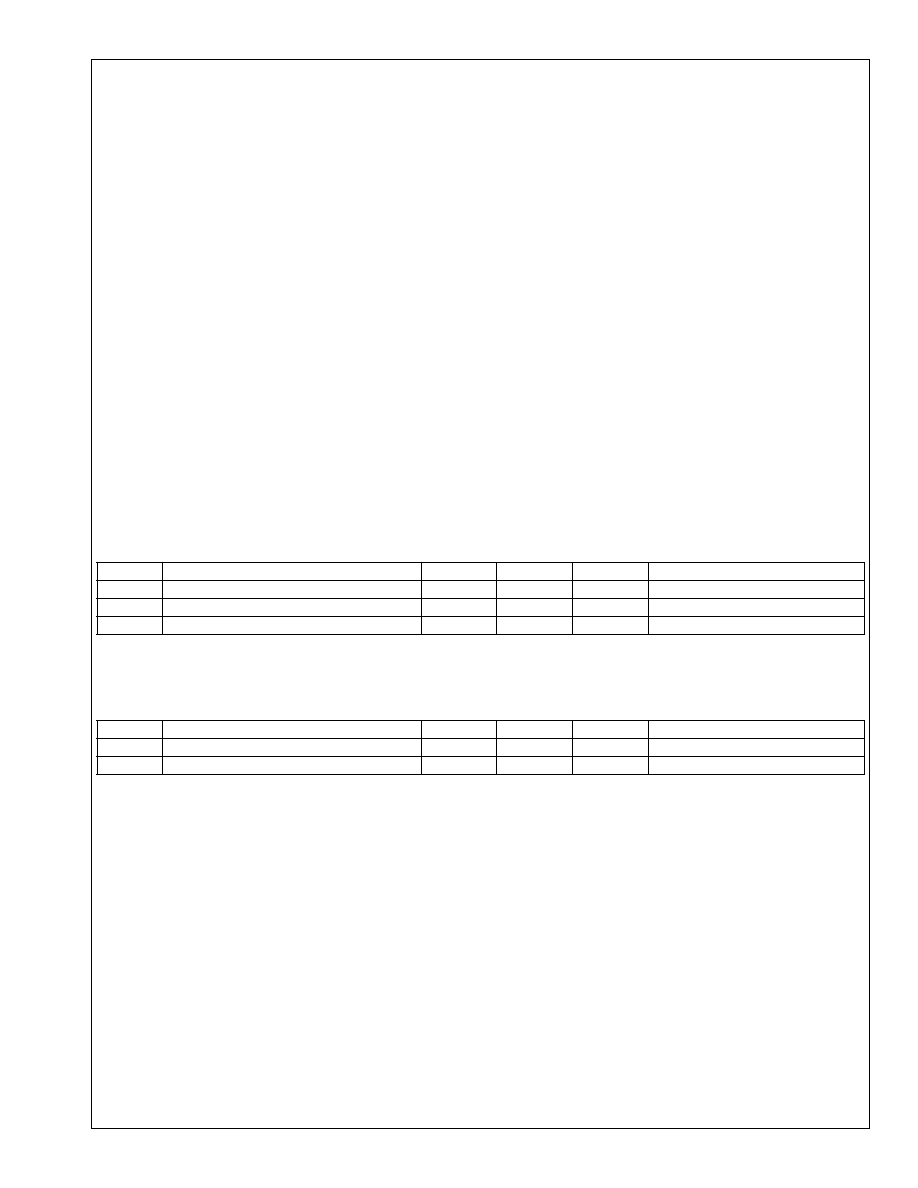
LHF32K10
33
Rev. 1.55
6 ELECTRICAL SPECIFICATIONS
6.1 Absolute Maximum Ratings*
Operating Temperature
During Read, Erase, Write and
Block Lock-Bit Configuration ........0∞C to +70∞C
(1)
Temperature under Bias............... -10∞C to +80∞C
Storage Temperature........................ -65∞C to +125∞C
Voltage On Any Pin
(except V
CC
, V
PP
)............... -0.5V to V
CC
+0.5V
(2)
V
CC
Suply Voltage ............................-0.2V to +7.0V
(2)
V
PP
Update Voltage during
Erase, Write and
Block Lock-Bit Configuration ......-0.2V to +7.0V
(2)
Output Short Circuit Current ........................ 100mA
(3)
*WARNING: Stressing the device beyond the
"Absolute Maximum Ratings" may cause permanent
damage. These are stress ratings only. Operation
beyond the "Operating Conditions" is not
recommended and extended exposure beyond the
"Operating Conditions" may affect device reliability.
NOTES:
1. Operating temperature is for commercial
temperature product defined by this specification.
2. All specified voltages are with respect to GND.
Minimum DC voltage is -0.5V on input/output pins
and -0.2V on V
CC
and V
PP
pins. During
transitions, this level may undershoot to -2.0V for
periods <20ns. Maximum DC voltage on
input/output pins and V
CC
is V
CC
+0.5V which,
during transitions, may overshoot to V
CC
+2.0V for
periods <20ns.
3. Output shorted for no more than one second. No
more than one output shorted at a time.
6.2 Operating Conditions
Temperature and V
CC
Operating Conditions
Symbol
Parameter
Min.
Max.
Unit
Test Condition
T
A
Operating Temperature
0
+70
∞C
Ambient Temperature
V
CC1
V
CC
Supply Voltage (5V±0.25V)
4.75
5.25
V
V
CC2
V
CC
Supply Voltage (5V±0.5V)
4.50
5.50
V
6.2.1 CAPACITANCE
(1)
T
A
=+25∞C, f=1MHz
Symbol
Parameter
Typ.
Max.
Unit
Condition
C
IN
Input Capacitance
7
10
pF
V
IN
=0.0V
C
OUT
Output Capacitance
9
12
pF
V
OUT
=0.0V
NOTE:
1. Sampled, not 100% tested.
sharp
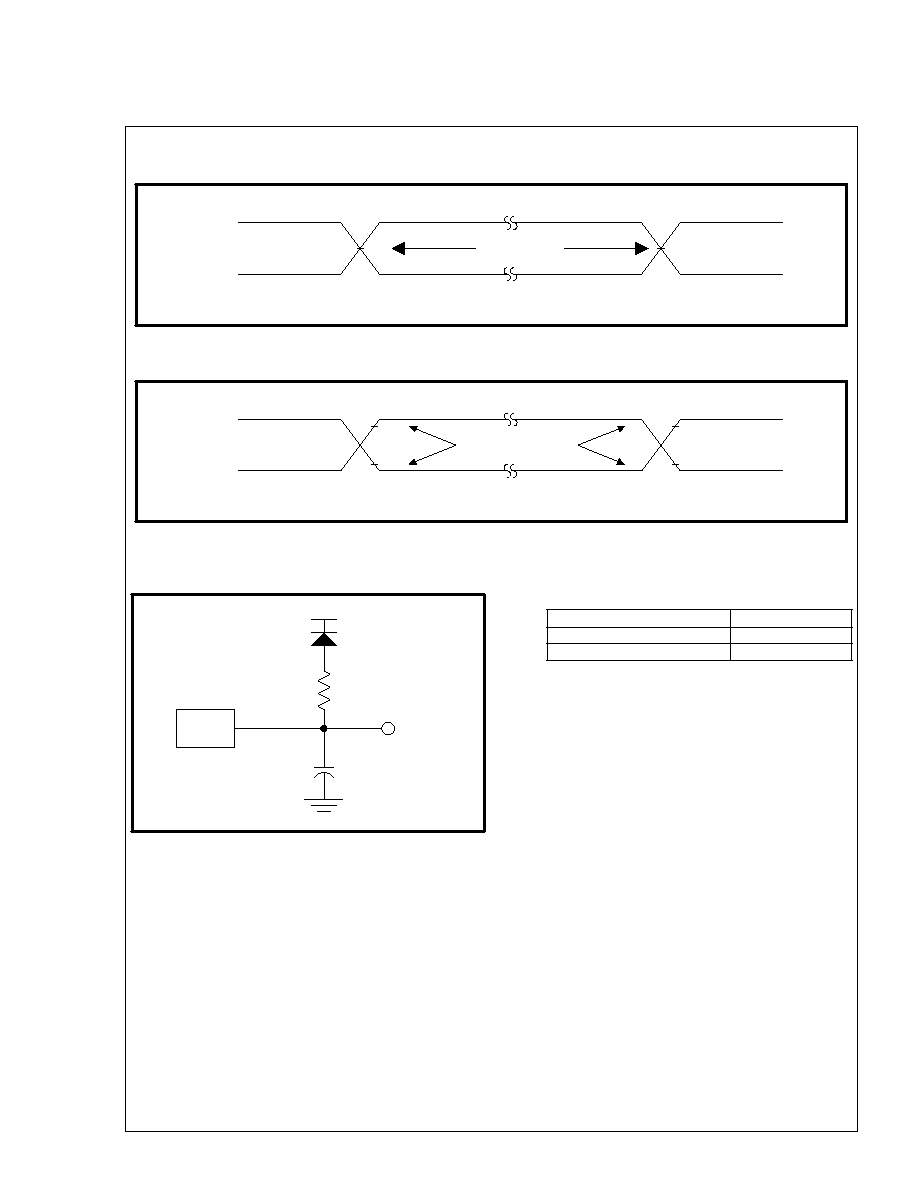
AC test inputs are driven at 3.0V for a Logic "1" and 0.0V for a Logic "0." Input timing begins, and output timing ends, at 1.5V.
Input rise and fall times (10% to 90%) <10 ns.
3.0
0.0
INPUT
TEST POINTS
OUTPUT
1.5
1.5
AC test inputs are driven at V
OH
(2.4 V
TTL
) for a Logic "1" and V
OL
(0.45 V
TTL
) for a Logic "0." Input timing begins at V
IH
(2.0 V
TTL
) and V
IL
(0.8 V
TTL
). Output timing ends at V
IH
and V
IL
. Input rise and fall times (10% to 90%) <10 ns.
2.4
0.45
INPUT
0.8
2.0
TEST POINTS
2.0
0.8
OUTPUT
1.3V
1N914
DEVICE
UNDER
TEST
C
L
OUT
C
L
Includes Jig
R
L
=3.3k
Capacitance
LHF32K10
34
Rev. 1.6
6.2.2 AC INPUT/OUTPUT TEST CONDITIONS
Figure 14. Transient Input/Output Reference Waveform for V
CC
=5V±0.25V
(High Speed Testing Configuration)
Figure 15. Transient Input/Output Reference Waveform for V
CC
=5V±0.5V
(Standard Testing Configuration)
Test Configuration Capacitance Loading Value
Test Configuration
C
L
(pF)
V
CC
=5V±0.25V
30
V
CC
=5V±0.5V
100
Figure 16. Transient Equivalent Testing
Load Circuit
sharp

LHF32K10
35
Rev. 1.55
6.2.3 DC CHARACTERISTICS
DC Characteristics
V
CC
=5V
Test
Symbol
Parameter
Notes
Typ.
Max.
Unit
Conditions
I
LI
Input Load Current
1
±1
µA
V
CC
=V
CC
Max.
V
IN
=V
CC
or GND
I
LO
Output Leakage Current
1
±10
µA
V
CC
=V
CC
Max.
V
OUT
=V
CC
or GND
I
CCS
V
CC
Standby Current
1,3,6
25
100
µA
CMOS Inputs
V
CC
=V
CC
Max.
CE#=RP#=V
CC
±0.2V
2
4
mA
TTL Inputs
V
CC
=V
CC
Max.
CE#=RP#=V
IH
I
CCD
V
CC
Deep Power-Down
Current
1
20
µA
RP#=GND±0.2V
I
OUT
(STS)=0mA
I
CCR
V
CC
Read Current
1,5,6
60
mA
CMOS Inputs
V
CC
=V
CC
Max.,
CE#=GND
f=8MHz, I
OUT
=0mA
75
mA
TTL Inputs
V
CC
=V
CC
Max., CE#=V
IL
f=8MHz, I
OUT
=0mA
I
CCW
V
CC
Write Current
((Multi) W/B Write or Set Block
Lock Bit)
1,7
35
mA
V
PP
=5.0V±0.5V
I
CCE
V
CC
Erase Current
(Block Erase, Full Chip Erase,
Clear Block Lock Bits)
1,7
30
mA
V
PP
=5.0V±0.5V
I
CCWS
I
CCES
V
CC
Write or Block Erase
Suspend Current
1,2
1
10
mA
CE#=V
IH
I
PPS
V
PP
Standby Current
1
±2
±15
µA
V
PP
V
CC
I
PPR
V
PP
Read Current
1
10
200
µA
V
PP
>V
CC
I
PPD
V
PP
Deep Power-Down
Current
1
0.1
5
µA
RP#=GND±0.2V
I
PPW
V
PP
Write Current
((Multi) W/B Write or Set Block
Lock Bit)
1,7
80
mA
V
PP
=5.0V±0.5V
I
PPE
V
PP
Erase Current
(Block Erase, Full Chip Erase,
Clear Block Lock Bits)
1,7
40
mA
V
PP
=5.0V±0.5V
I
PPWS
I
PPES
V
PP
Write or Block Erase
Suspend Current
1
10
200
µA
V
PP
=V
PPH1
sharp

LHF32K10
36
Rev. 1.6
DC Characteristics (Continued)
V
CC
=5V
Test
Symbol
Parameter
Notes
Min.
Max.
Unit
Conditions
V
IL
Input Low Voltage
7
-0.5
0.8
V
V
IH
Input High Voltage
7
2.0
V
CC
+0.5
V
V
OL
Output Low Voltage
3,7
0.45
V
V
CC
=V
CC
Min.
I
OL
=5.8mA
V
OH1
Output High Voltage
(TTL)
3,7
2.4
V
V
CC
=V
CC
Min.
I
OH
=-2.5mA
V
OH2
Output High Voltage
(CMOS)
3,7
0.85
V
CC
V
V
CC
=V
CC
Min.
I
OH
=-2.5mA
V
CC
-0.4
V
V
CC
=V
CC
Min.
I
OH
=-100µA
V
PPLK
V
PP
Lockout during Normal
Operations
4,7
1.5
V
V
PPH1
V
PP
during Write or Erase
Operations
4.5
5.5
V
V
LKO
V
CC
Lockout Voltage
2.0
V
NOTES:
1. All currents are in RMS unless otherwise noted. Typical values at nominal V
CC
voltage and T
A
=+25∞C.These
currents are valid for all product versions (packages and speeds).
2. I
CCWS
and I
CCES
are specified with the device de-selected. If read or byte written while in erase suspend mode,
the device's current draw is the sum of I
CCWS
or I
CCES
and I
CCR
or I
CCW
, respectively.
3. Includes STS.
4. Block erases, full chip erases, (multi) word/byte writes and block lock-bit configurations are inhibited when
V
PP
V
PPLK
, and not guaranteed in the range between V
PPLK
(max.) and V
PPH1
(min.) and above V
PPH1
(max.).
5. Automatic Power Savings (APS) reduces typical I
CCR
to 1mA at 5V V
CC
in static operation.
6. CMOS inputs are either V
CC
±0.2V or GND±0.2V. TTL inputs are either V
IL
or V
IH
.
7. Sampled, not 100% tested.
sharp

LHF32K10
37
Rev. 1.55
6.2.4 AC CHARACTERISTICS - READ-ONLY OPERATIONS
(1)
V
CC
=5V±0.5V, 5V±0.25V, T
A
=0∞C to +70∞C
V
CC
=5V±0.25V LH28F320S5-L90
(5)
Versions
(4)
V
CC
=5V±0.5V
LH28F320S5-
L100
(6)
Sym.
Parameter
Notes
Min.
Max.
Min.
Max.
Unit
t
AVAV
Read Cycle Time
90
100
ns
t
AVQV
Address to Output Delay
90
100
ns
t
ELQV
CE# to Output Delay
2
90
100
ns
t
PHQV
RP# High to Output Delay
400
400
ns
t
GLQV
OE# to Output Delay
2
30
35
ns
t
ELQX
CE# to Output in Low Z
3
0
0
ns
t
EHQZ
CE# High to Output in High Z
3
25
30
ns
t
GLQX
OE# to Output in Low Z
3
0
0
ns
t
GHQZ
OE# High to Output in High Z
3
10
10
ns
t
OH
Output Hold from Address, CE# or
OE# Change, Whichever Occurs First
3
0
0
ns
t
FLQV
t
FHQV
BYTE# to Output Delay
3
90
100
ns
t
FLQZ
BYTE# to Output in High Z
3
25
30
ns
t
ELFL
t
ELFH
CE# Low to BYTE# High or Low
3
5
5
ns
NOTES:
1. See AC Input/Output Reference Waveform for maximum allowable input slew rate.
2. OE# may be delayed up to t
ELQV
-t
GLQV
after the falling edge of CE# without impact on t
ELQV
.
3. Sampled, not 100% tested.
4. See Ordering Information for device speeds (valid operational combinations).
5. See Transient Input/Output Reference Waveform and Transient Equivalent Testing Load Circuit (High Speed
Configuration) for testing characteristics.
6. See Transient Input/Output Reference Waveform and Transient Equivalent Testing Load Circuit (Standard
Configuration) for testing characteristics.
sharp
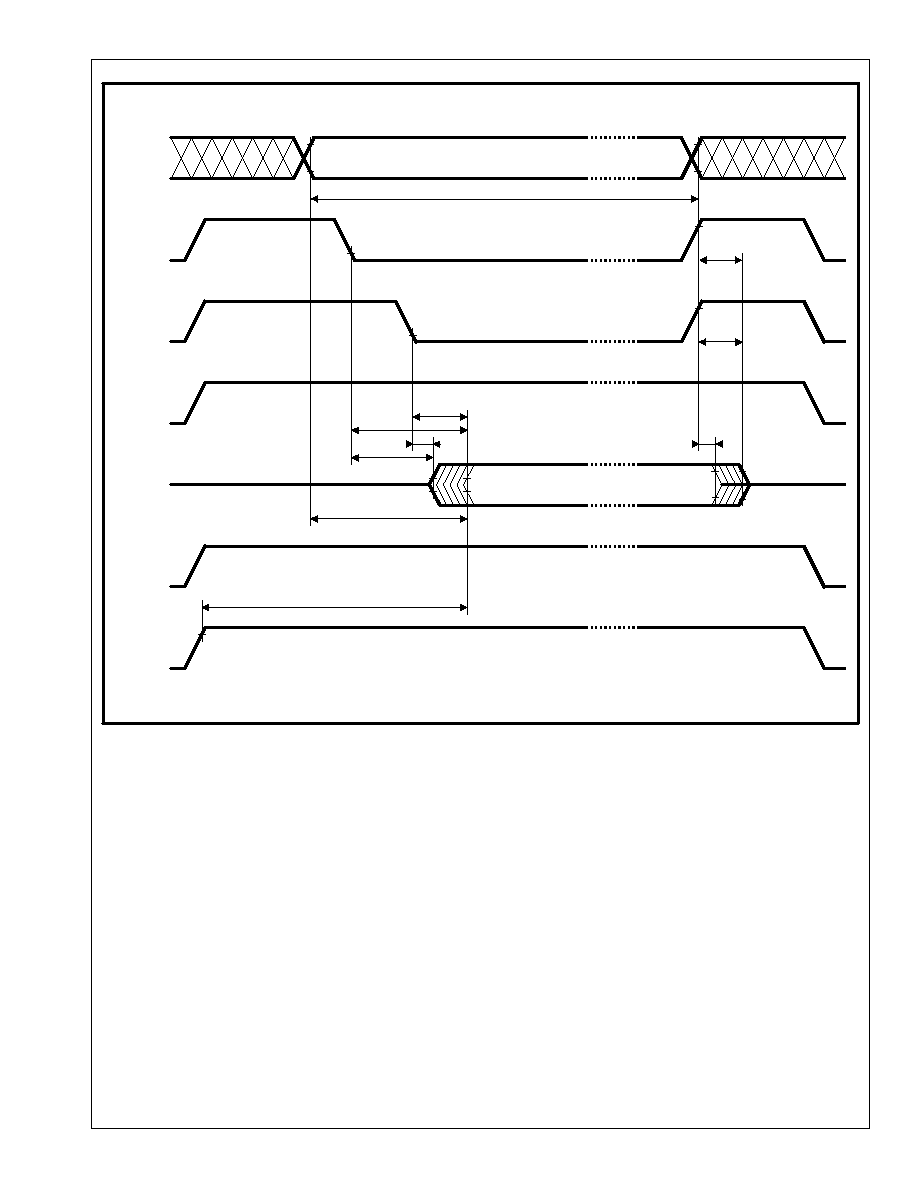
ADDRESSES(A)
CE#(E)
OE#(G)
WE#(W)
DATA(D/Q)
RP#(P)
V
CC
Standby
Device
Address Selection
Data Valid
Address Stable
t
AVAV
t
EHQZ
t
GHQZ
HIGH Z
Valid Output
t
GLQV
t
ELQV
t
GLQX
t
ELQX
t
AVQV
t
PHQV
HIGH Z
t
OH
V
IL
V
OH
V
OL
V
IH
V
IH
V
IH
V
IH
V
IH
V
IL
V
IL
V
IL
V
IL
NOTE: CE# is defined as the latter of CE
0
# and CE
1
# going Low or the first of CE
0
# or CE
1
# going High.
LHF32K10
38
Rev. 1.55
Figure 17. AC Waveform for Read Operations
sharp
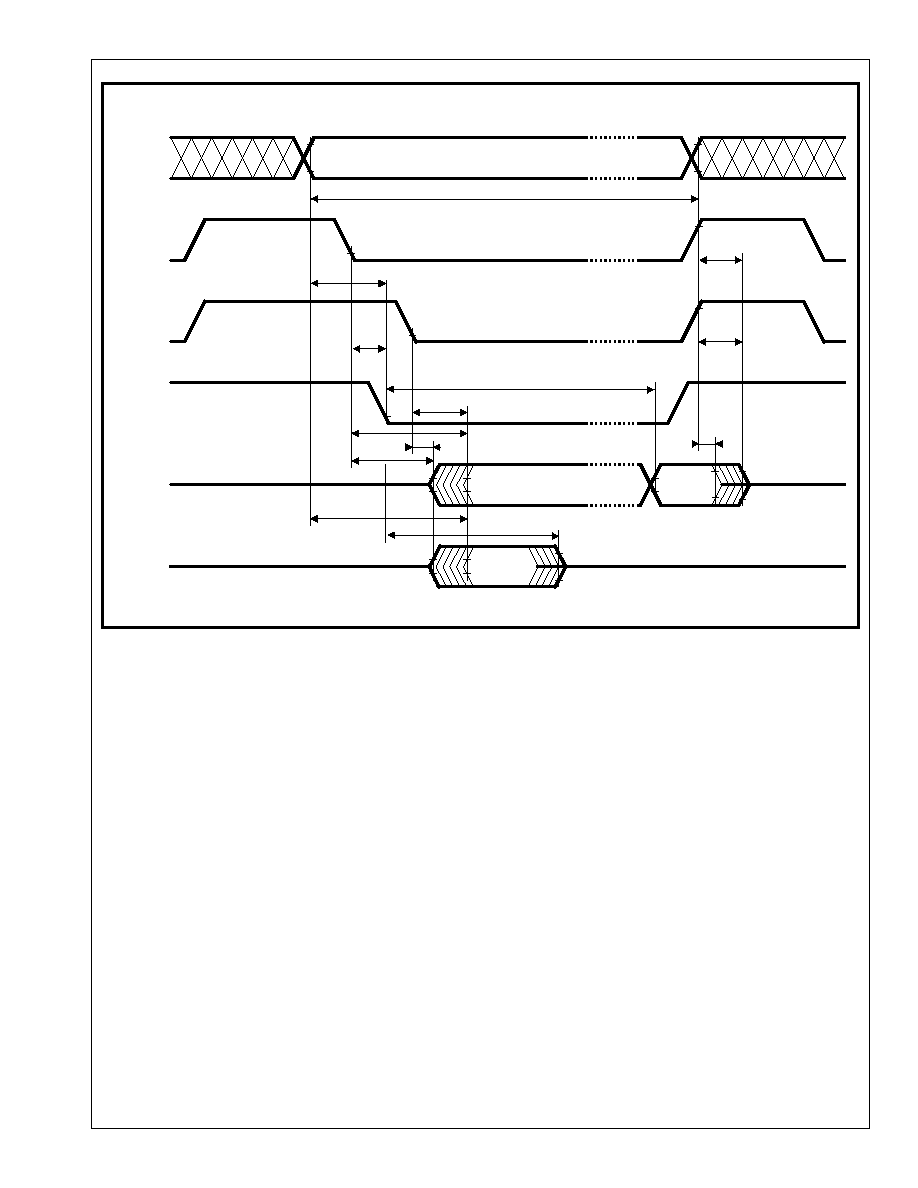
ADDRESSES(A)
CE#(E)
OE#(G)
BYTE#(F)
DATA(D/Q)
Standby
Device
Address Selection
Data Valid
Address Stable
t
AVAV
t
EHQZ
t
GHQZ
HIGH Z
Data Output
t
GLQV
t
ELQV
t
GLQX
t
ELQX
t
AVQV
HIGH Z
t
OH
V
IL
V
OH
V
OL
V
IH
V
IH
V
IH
V
IH
V
IL
V
IL
V
IL
NOTE: CE# is defined as the latter of CE
0
# and CE
1
# going Low or the first of CE
0
# or CE
1
# going High.
Valid
Output
DATA(D/Q)
HIGH Z
t
AVFL=
t
ELFL
HIGH Z
V
OH
V
OL
Data
Output
(DQ
0
-DQ
7
)
(DQ
8
-DQ
15
)
t
ELFL
t
FLQV=
t
AVQV
t
FLQZ
LHF32K10
39
Rev. 1.55
Figure 18. BYTE# Timing Waveforms
sharp
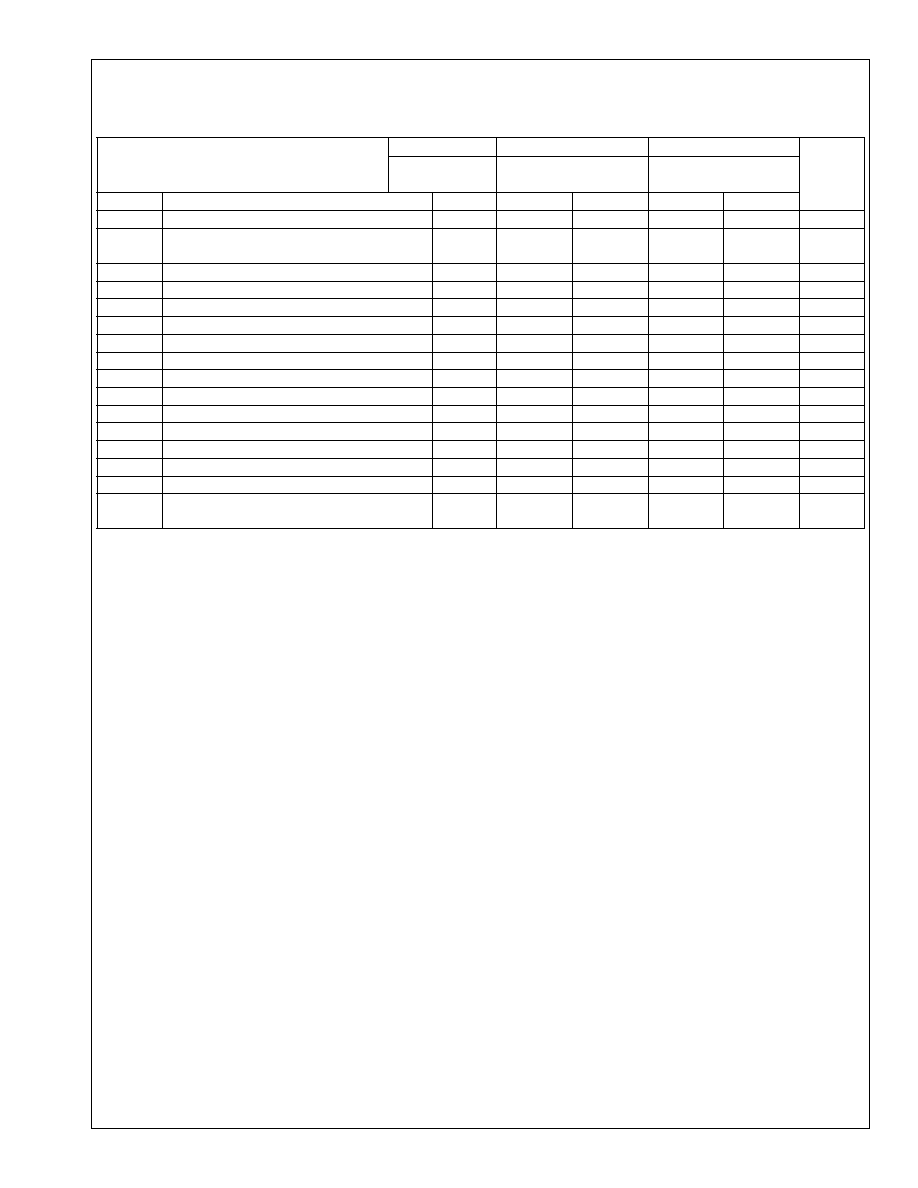
LHF32K10
40
Rev. 1.55
6.2.5 AC CHARACTERISTICS - WRITE OPERATIONS
(1)
V
CC
=5V±0.5V, 5V±0.25V, T
A
=0∞C to +70∞C
V
CC
=5V±0.25V LH28F320S5-L90
(6)
Versions
(5)
V
CC
=5V±0.5V
LH28F320S5-
L100
(7)
Sym.
Parameter
Notes
Min.
Max.
Min.
Max.
Unit
t
AVAV
Write Cycle Time
90
100
ns
t
PHWL
RP# High Recovery to WE# Going
Low
2
1
1
µs
t
ELWL
CE# Setup to WE# Going Low
10
10
ns
t
WLWH
WE# Pulse Width
40
40
ns
t
SHWH
WP# V
IH
Setup to WE# Going High
2
100
100
ns
t
VPWH
V
PP
Setup to WE# Going High
2
100
100
ns
t
AVWH
Address Setup to WE# Going High
3
40
40
ns
t
DVWH
Data Setup to WE# Going High
3
40
40
ns
t
WHDX
Data Hold from WE# High
5
5
ns
t
WHAX
Address Hold from WE# High
5
5
ns
t
WHEH
CE# Hold from WE# High
10
10
ns
t
WHWL
WE# Pulse Width High
30
30
ns
t
WHRL
WE# High to STS Going Low
90
90
ns
t
WHGL
Write Recovery before Read
0
0
ns
t
QVVL
V
PP
Hold from Valid SRD, STS High Z
2,4
0
0
ns
t
QVSL
WP# V
IH
Hold from Valid SRD, STS
High Z
2,4
0
0
ns
NOTES:
1. Read timing characteristics during block erase, full chip erase, (multi) wrod/byte write and block lock-bit
configuration operations are the same as during read-only operations. Refer to AC Characteristics for read-only
operations.
2. Sampled, not 100% tested.
3. Refer to Table 4 for valid A
IN
and D
IN
for block erase, full chip erase, (multi) word/byte write or block lock-bit
configuration.
4. V
PP
should be held at V
PPH1
until determination of block erase, full chip erase, (multi) word/byte write or block
lock-bit configuration success (SR.1/3/4/5=0).
5. See Ordering Information for device speeds (valid operational combinations).
6. See Transient Input/Output Reference Waveform and Transient Equivalent Testing Load Circuit (High Seed
Configuration) for testing characteristics.
7. See Transient Input/Output Reference Waveform and Transient Equivalent Testing Load Circuit (Standard
Configuration) for testing characteristics.
sharp

V
IL
V
IH
High Z
V
IH
V
IH
V
IH
V
IL
V
IL
V
IL
V
OL
V
IL
V
IH
V
IL
V
PPLK
V
PPH1
V
IH
V
IL
NOTES:
1. V
CC
power-up and standby.
2. Write erase or write setup.
3. Write erase confirm or valid address and data.
4. Automated erase or program delay.
5. Read status register data.
6. Write Read Array command.
ADDRESSES(A)
CE#(E)
OE#(G)
WE#(W)
DATA(D/Q)
RP#(P)
V
PP
(V)
STS(R)
}
}
}
}
}
}
1
2
3
4
5
6
A
IN
A
IN
t
AVAV
t
AVWH
t
WHAX
t
ELWL
t
WHEH
t
WHGL
t
WHWL
t
WHQV1,2,3,4
t
WLWH
t
DVWH
t
WHDX
Valid
SRD
t
PHWL
t
WHRL
t
VPWH
t
QVVL
D
IN
D
IN
High Z
D
IN
WP#(S)
t
SHWH
t
QVSL
V
IL
V
IH
7. CE# is defined as the latter of CE
0
# and CE
1
# going Low or the first of CE
0
# or CE
1
# going High.
LHF32K10
41
Rev. 1.55
Figure 19. AC Waveform for WE#-Controlled Write Operations
sharp

LHF32K10
42
Rev. 1.55
6.2.6 ALTERNATIVE CE#-CONTROLLED WRITES
(1)
V
CC
=5V±0.5V, 5V±0.25V, T
A
=0∞C to +70∞C
V
CC
=5V±0.25V LH28F320S5-L90
(6)
Versions
(5)
V
CC
=5V±0.5V
LH28F320S5-
L100
(7)
Sym.
Parameter
Notes
Min.
Max.
Min.
Max.
Unit
t
AVAV
Write Cycle Time
90
100
ns
t
PHEL
RP# High Recovery to CE# Going Low
2
1
1
µs
t
WLEL
WE# Setup to CE# Going Low
0
0
ns
t
ELEH
CE# Pulse Width
50
50
ns
t
SHEH
WP# V
IH
Setup to CE# Going High
2
100
100
ns
t
VPEH
V
PP
Setup to CE# Going High
2
100
100
ns
t
AVEH
Address Setup to CE# Going High
3
40
40
ns
t
DVEH
Data Setup to CE# Going High
3
40
40
ns
t
EHDX
Data Hold from CE# High
5
5
ns
t
EHAX
Address Hold from CE# High
5
5
ns
t
EHWH
WE# Hold from CE# High
0
0
ns
t
EHEL
CE# Pulse Width High
25
25
ns
t
EHRL
CE# High to STS Going Low
90
90
ns
t
EHGL
Write Recovery before Read
0
0
ns
t
QVVL
V
PP
Hold from Valid SRD, STS High Z
2,4
0
0
ns
t
QVSL
WP# V
IH
Hold from Valid SRD, STS
High Z
2,4
0
0
ns
NOTES:
1. In systems where CE# defines the write pulse width (within a longer WE# timing waveform), all setup, hold and
inactive WE# times should be measured relative to the CE# waveform.
2. Sampled, not 100% tested.
3. Refer to Table 4 for valid A
IN
and D
IN
for block erase, full chip erase, (multi) word/byte write or block lock-bit
configuration.
4. V
PP
should be held at V
PPH1
until determination of block erase, full chip erase, (multi) word/byte write or block
lock-bit configuration success (SR.1/3/4/5=0).
5. See Ordering Information for device speeds (valid operational combinations).
6. See Transient Input/Output Reference Waveform and Transient Equivalent Testing Load Circuit (High Seed
Configuration) for testing characteristics.
7. See Transient Input/Output Reference Waveform and Transient Equivalent Testing Load Circuit (Standard
Configuration) for testing characteristics.
sharp
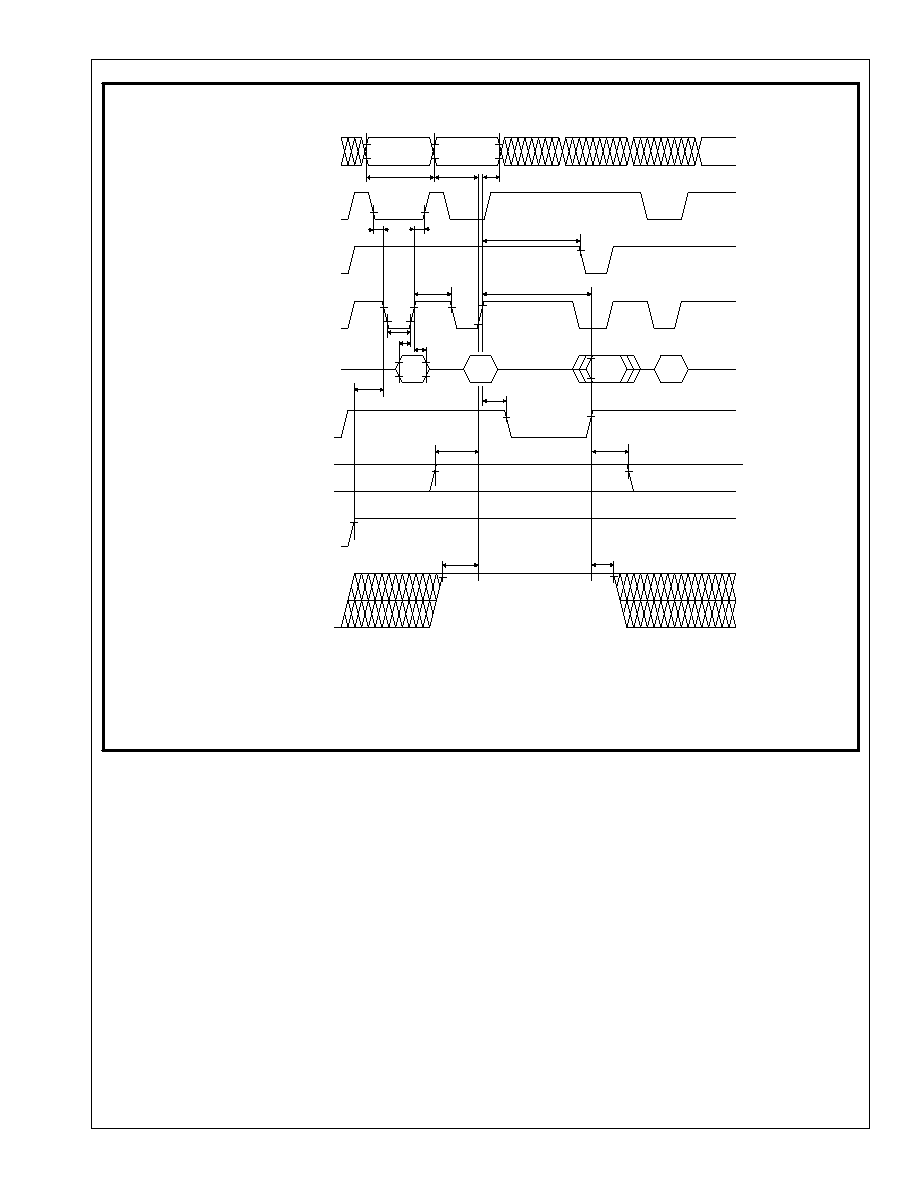
V
IL
V
IH
High Z
V
IH
V
IH
V
IH
V
IL
V
IL
V
IL
V
OL
V
IL
V
IH
V
IL
V
PPLK
V
PPH1
V
IH
V
IL
NOTES:
1. V
CC
power-up and standby.
2. Write erase or write setup.
3. Write erase confirm or valid address and data.
4. Automated erase or program delay.
5. Read status register data.
6. Write Read Array command.
ADDRESSES(A)
CE#(E)
OE#(G)
WE#(W)
DATA(D/Q)
RP#(P)
V
PP
(V)
STS(R)
A
IN
A
IN
t
AVAV
t
AVEH
t
EHAX
t
WLEL
t
EHWH
t
EHGL
t
EHEL
t
EHQV1,2,3,4
t
ELEH
t
DVEH
t
EHDX
Valid
SRD
t
PHEL
t
EHRL
t
VPEH
t
QVVL
D
IN
D
IN
High Z
D
IN
}
}
}
}
}
}
1
2
3
4
5
6
WP#(S)
t
SHEH
t
QVSL
V
IL
V
IH
7. CE# is defined as the latter of CE
0
# and CE
1
# going Low or the first of CE
0
# or CE
1
# going High.
LHF32K10
43
Rev. 1.55
Figure 20. AC Waveform for CE#-Controlled Write Operations
sharp
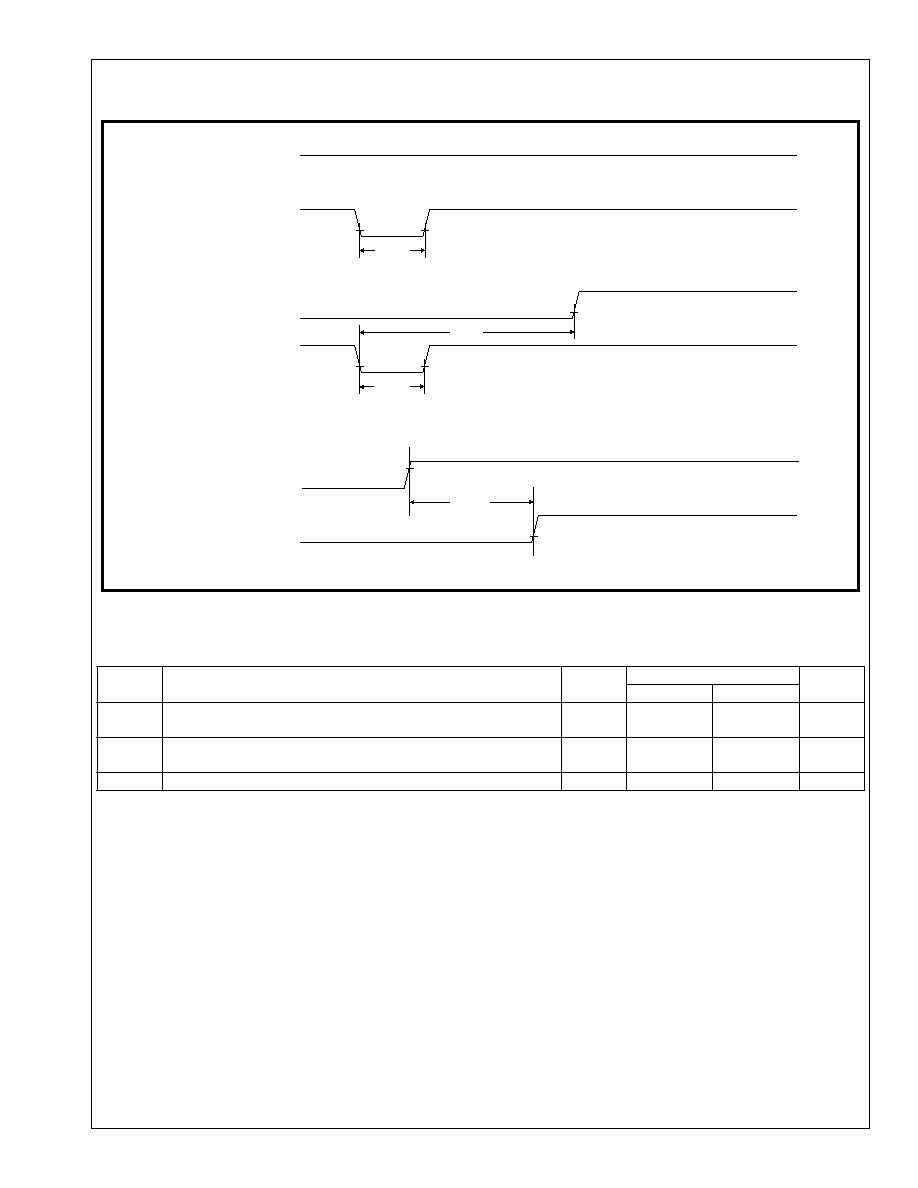
RP#(P)
V
IL
t
PLPH
t
PLRH
(A)Reset During Read Array Mode
(B)Reset During Block Erase, Full Chip Erase, (Multi) Word/Byte Write
V
IH
High Z
V
IH
High Z
V
OL
V
IL
V
OL
t
PLPH
STS(R)
STS(R)
RP#(P)
V
IL
V
IH
RP#(P)
t
5VPH
V
IL
V
CC
5V
or Block Lock-Bit Configuretion
(C)V
CC
Power Up Timing
LHF32K10
44
Rev. 1.55
6.2.7 RESET OPERATIONS
Figure 21. AC Waveform for Reset Operation
Reset AC Specifications
(1)
V
CC
=5V
Symbol
Parameter
Notes
Min.
Max.
Unit
t
PLPH
RP# Pulse Low Time
(If RP# is tied to V
CC
, this specification is not applicable)
100
ns
t
PLRH
RP# Low to Reset during Block Erase, Full Chip Erase,
(Multi) Word/Byte Write or Block Lock-Bit Configuration
2,3
13.1
µs
t
5VPH
V
CC
at 4.5V to RP# High
4
100
ns
NOTES:
1. These specifications are valid for all product versions (packages and speeds).
2. If RP# is asserted while a block erase, full chip erase, (multi) word/byte write or block lock-bit configuration
operation is not executing, the reset will complete within 100ns.
3. A reset time, t
PHQV
, is required from the latter of STS going High Z or RP# going high until outputs are valid.
4. When the device power-up, holding RP# low minimum 100ns is required after V
CC
has been in predefined range
and also has been in stable there.
sharp

LHF32K10
45
Rev. 1.55
6.2.8 BLOCK ERASE, FULL CHIP ERASE, (MULTI) WORD/BYTE WRITE AND BLOCK
LOCK-BIT CONFIGURATION PERFORMANCE
(3,4)
V
CC
=5V±0.5V, 5V±0.25V, T
A
=0∞C to +70∞C
V
PP
=4.5V-5.5V
Sym.
Parameter
Notes
Typ.
(1)
Max.
Unit
t
WHQV1
t
EHQV1
Word/Byte Write Time
(using W/B write, in word mode)
2
9.24
120
µs
t
WHQV1
t
EHQV1
Word/Byte Write Time
(using W/B write, in byte mode)
2
9.24
120
µs
Word/Byte Write Time
(using multi word/byte write)
2
2
120
µs
Block Write Time
(using W/B write, in word mode)
2
0.31
3.7
s
Block Write Time
(using W/B write, in byte mode)
2
0.61
7.5
s
Block Write Time
(using multi word/byte write)
2
0.13
1.5
s
t
WHQV2
t
EHQV2
Block Erase Time
2
0.34
10
s
Full Chip Erase Time
21.8
640
s
t
WHQV3
t
EHQV3
Set Block Lock-Bit Time
2
9.24
120
µs
t
WHQV4
t
EHQV4
Clear Block Lock-Bits Time
2
0.34
10
s
t
WHRH1
t
EHRH1
Write Suspend Latency Time to Read
5.6
7
µs
t
WHRH2
t
EHRH2
Erase Suspend Latency Time to Read
9.4
13.1
µs
NOTES:
1. Typical values measured at T
A
=+25∞C and nominal voltages. Assumes corresponding block lock-bits are not
set. Subject to change based on device characterization.
2. Excludes system-level overhead.
3. These performance numbers are valid for all speed versions.
4. Sampled but not 100% tested.
sharp

L H 2 8 F 3 2 0 S 5
-
H NS
L 9 0
Product line designator for all SHARP Flash products
Device Density
320 = 32-Mbit
Power Supply Type
5 = Smart 5 Technology
Architecture
S = Regular Block
( )
Package
Operating Temperature
H = -40∞C ~ +85∞C
Access Speed (ns)
90:90ns (5V,30pF), 100ns (5V)
12:120ns (5V)
B = 80-Ball CSP
NS = 56-Lead SSOP
Blank = 0∞C ~ +70∞C
LHF32K10
46
Rev. 1.55
7 ADDITIONAL INFORMATION
7.1 Ordering Information
Valid Operational Combinations
Option
Order Code
V
CC
=5V±0.5V
100pF load,
TTL I/O Levels
V
CC
=5V±0.25V
30pF load,
1.5V I/O Levels
1
LH28F320S5NS-L90
LH28F320S5-L100
LH28F320S5-L90
sharp
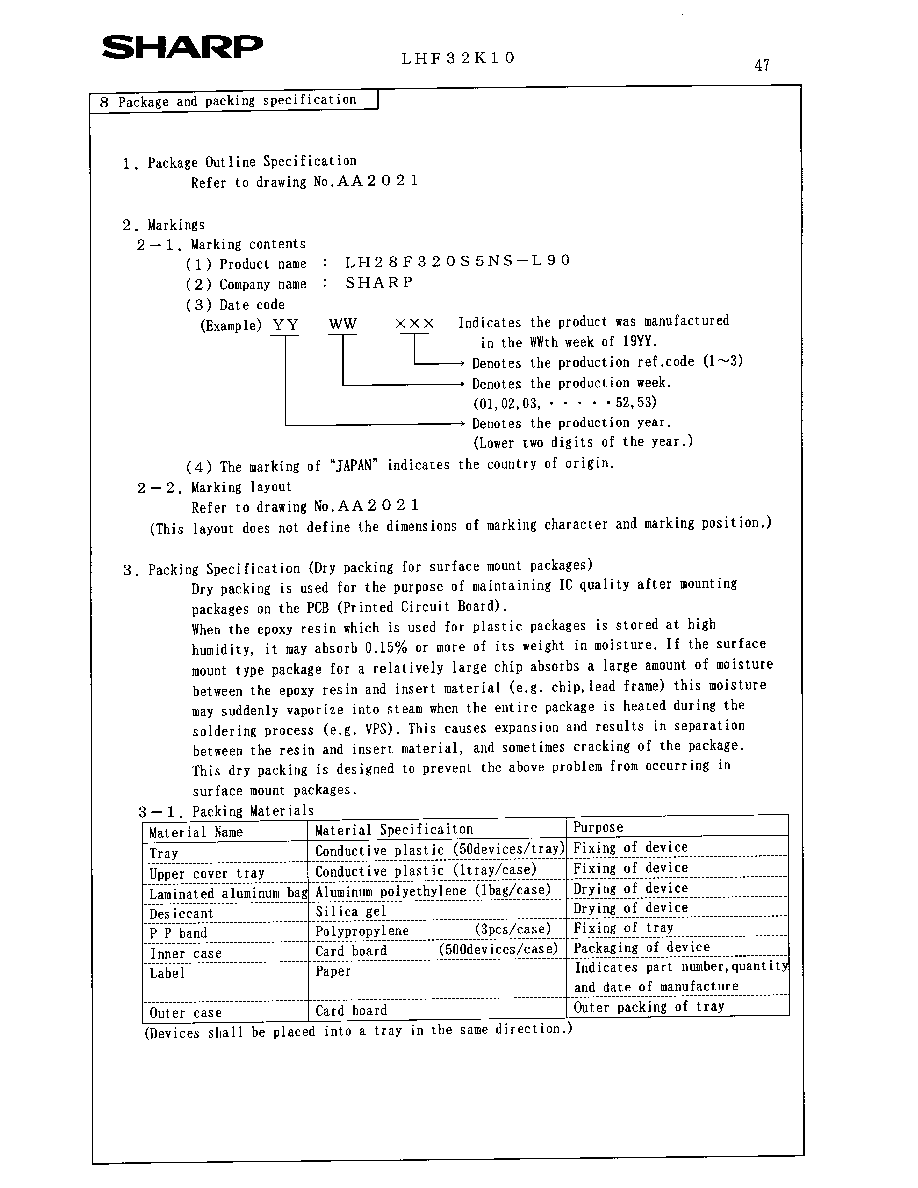
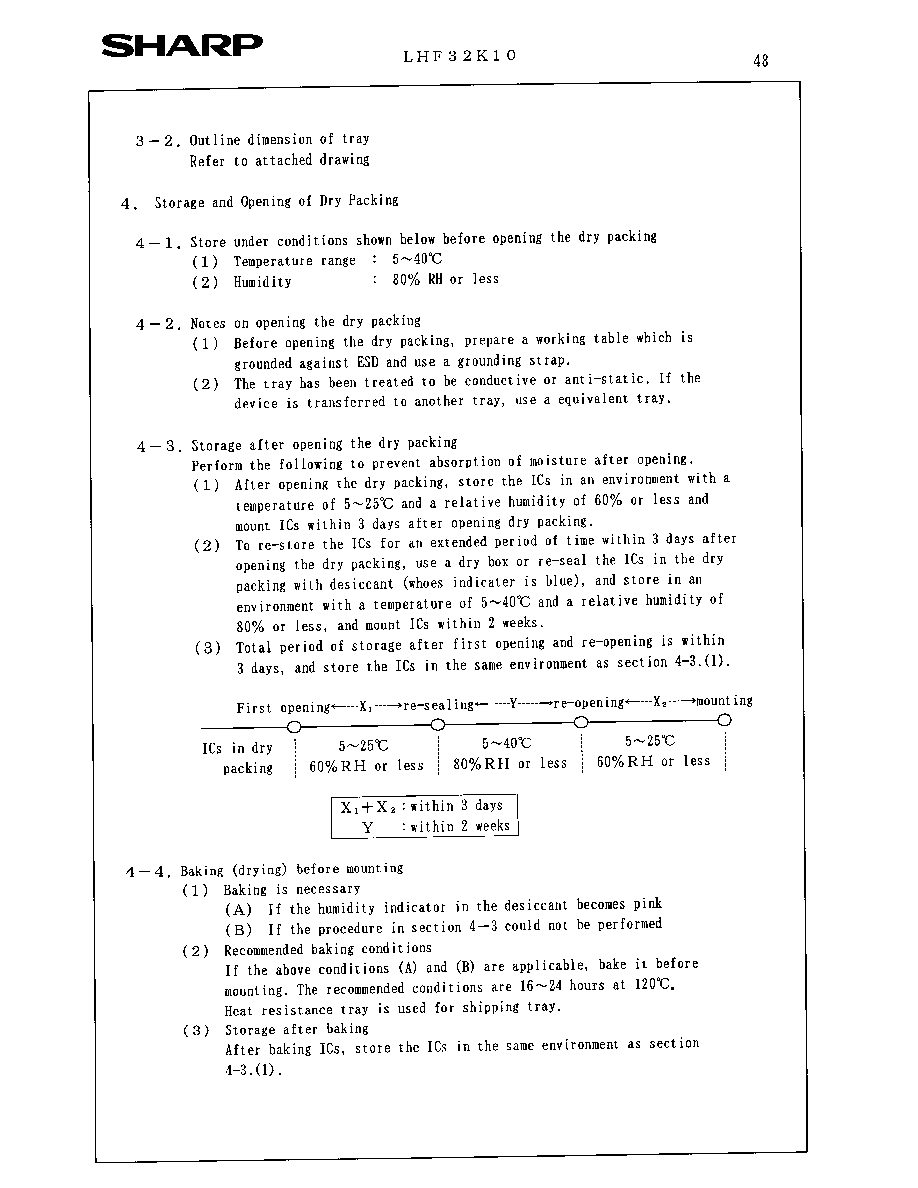


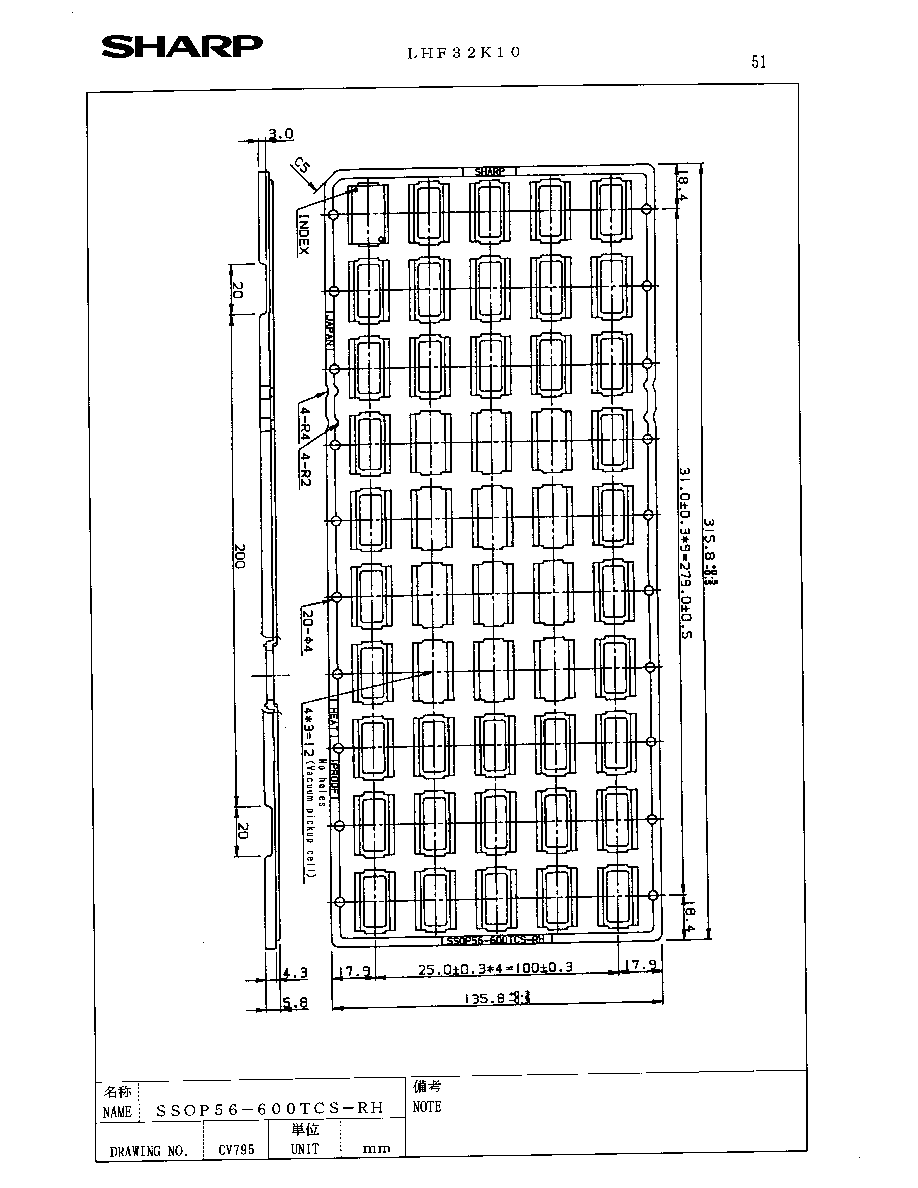
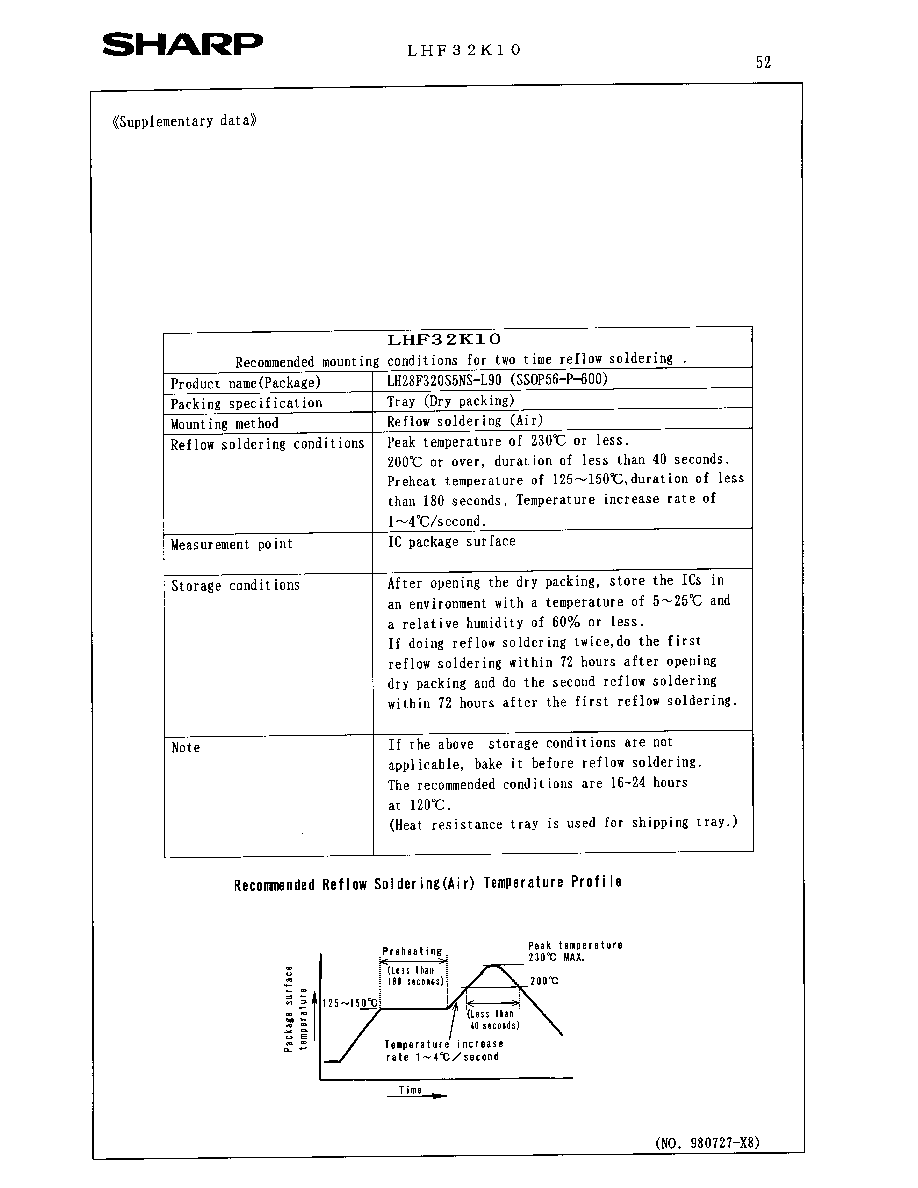

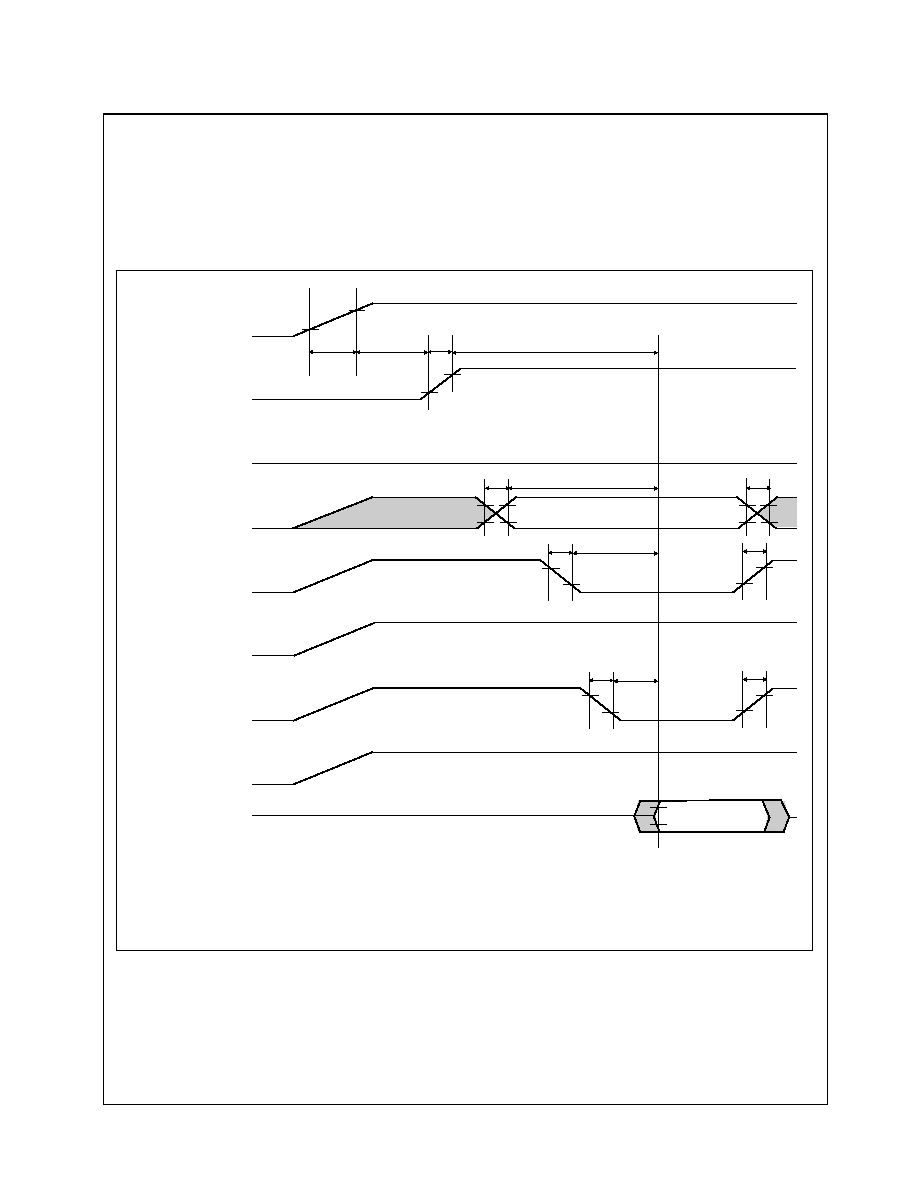
Rev. 1.10
i
A-1 RECOMMENDED OPERATING CONDITIONS
A-1.1 At Device Power-Up
AC timing illustrated in Figure A-1 is recommended for the supply voltages and the control signals at device power-up.
If the timing in the figure is ignored, the device may not operate correctly.
Figure A-1. AC Timing at Device Power-Up
For the AC specifications t
VR
, t
R
, t
F
in the figure, refer to the next page. See the "ELECTRICAL SPECIFICATIONS"
described in specifications for the supply voltage range, the operating temperature and the AC specifications not shown in
the next page.
t
2VPH
*1
V
CC
GND
V
CC
(min)
RP#
V
IL
V
IH
(P)
t
PHQV
V
CCW
*2
GND
V
CCWH1/2
(V)
CE#
V
IL
V
IH
(E)
WE#
V
IL
V
IH
(W)
OE#
V
IL
V
IH
(G)
WP#
V
IL
V
IH
(S)
V
OH
V
OL
(D/Q)
DATA
High Z
Valid
Output
t
VR
t
F
t
R
t
ELQV
t
F
t
GLQV
(A)
ADDRESS
Valid
(RST#)
(V
PP
)
t
R
or
t
F
Address
V
IL
V
IH
t
AVQV
*1 t
5VPH
for the device in 5V operations.
t
R
or
t
F
t
R
t
R
*2 To prevent the unwanted writes, system designers should consider the V
CCW
(V
PP
) switch, which connects V
CCW
(V
PP
)
to GND during read operations and V
CCWH1/2
(V
PPH1/2
) during write or erase operations.
(V
PPH1/2
)
See the application note AP-007-SW-E for details.
sharp
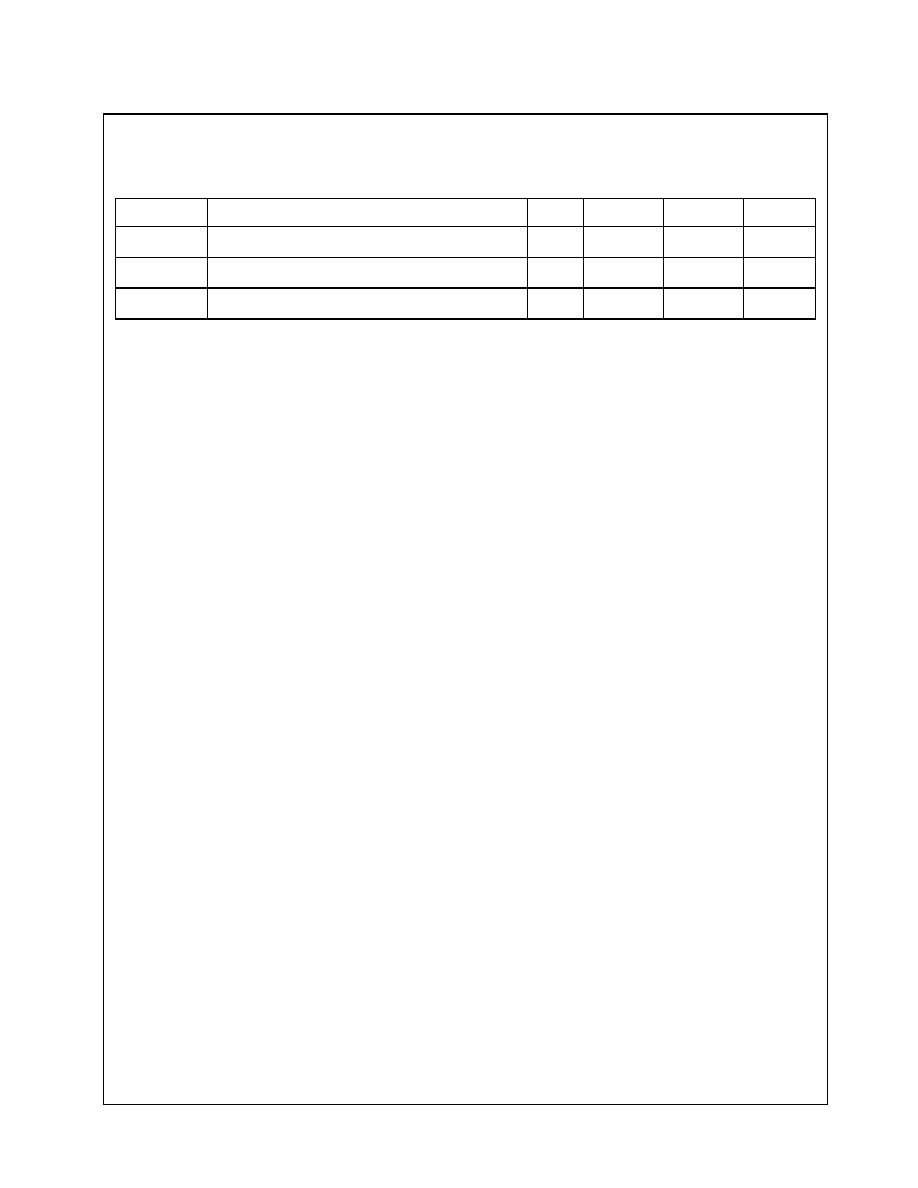
Rev. 1.10
ii
A-1.1.1 Rise and Fall Time
NOTES:
1. Sampled, not 100% tested.
2. This specification is applied for not only the device power-up but also the normal operations.
t
R
(Max.) and t
F
(Max.) for RP# (RST#) are 100
µs/V.
Symbol
Parameter
Notes
Min.
Max.
Unit
t
VR
V
CC
Rise Time
1
0.5
30000
µs/V
t
R
Input Signal Rise Time
1, 2
1
µs/V
t
F
Input Signal Fall Time
1, 2
1
µs/V
sharp

Rev. 1.10
iii
A-1.2 Glitch Noises
Do not input the glitch noises which are below V
IH
(Min.) or above V
IL
(Max.) on address, data, reset, and control signals,
as shown in Figure A-2 (b). The acceptable glitch noises are illustrated in Figure A-2 (a).
Figure A-2. Waveform for Glitch Noises
See the "DC CHARACTERISTICS" described in specifications for V
IH
(Min.) and V
IL
(Max.).
(a) Acceptable Glitch Noises
Input Signal
V
IH
(Min.)
Input Signal
V
IH
(Min.)
Input Signal
V
IL
(Max.)
Input Signal
V
IL
(Max.)
(b)
NOT
Acceptable Glitch Noises
sharp

Rev. 1.10
iv
A-2 RELATED DOCUMENT INFORMATION
(1)
NOTE:
1. International customers should contact their local SHARP or distribution sales office.
Document No.
Document Name
AP-001-SD-E
Flash Memory Family Software Drivers
AP-006-PT-E
Data Protection Method of SHARP Flash Memory
AP-007-SW-E
RP#, V
PP
Electric Potential Switching Circuit
sharp

SPECIFICATIONS ARE SUBJECT TO CHANGE WITHOUT NOTICE.
Suggested applications (if any) are for standard use; See Important Restrictions for limitations on special applications. See Limited
Warranty for SHARP's product warranty. The Limited Warranty is in lieu, and exclusive of, all other warranties, express or implied.
ALL EXPRESS AND IMPLIED WARRANTIES, INCLUDING THE WARRANTIES OF MERCHANTABILITY, FITNESS FOR USE AND
FITNESS FOR A PARTICULAR PURPOSE, ARE SPECIFICALLY EXCLUDED. In no event will SHARP be liable, or in any way responsible,
for any incidental or consequential economic or property damage.
NORTH AMERICA
EUROPE
JAPAN
SHARP Microelectronics of the Americas
5700 NW Pacific Rim Blvd.
Camas, WA 98607, U.S.A.
Phone: (1) 360-834-2500
Fax: (1) 360-834-8903
Fast Info: (1) 800-833-9437
www.sharpsma.com
SHARP Microelectronics Europe
Division of Sharp Electronics (Europe) GmbH
Sonninstrasse 3
20097 Hamburg, Germany
Phone: (49) 40-2376-2286
Fax: (49) 40-2376-2232
www.sharpsme.com
SHARP Corporation
Electronic Components & Devices
22-22 Nagaike-cho, Abeno-Ku
Osaka 545-8522, Japan
Phone: (81) 6-6621-1221
Fax: (81) 6117-725300/6117-725301
www.sharp-world.com
TAIWAN
SINGAPORE
KOREA
SHARP Electronic Components
(Taiwan) Corporation
8F-A, No. 16, Sec. 4, Nanking E. Rd.
Taipei, Taiwan, Republic of China
Phone: (886) 2-2577-7341
Fax: (886) 2-2577-7326/2-2577-7328
SHARP Electronics (Singapore) PTE., Ltd.
438A, Alexandra Road, #05-01/02
Alexandra Technopark,
Singapore 119967
Phone: (65) 271-3566
Fax: (65) 271-3855
SHARP Electronic Components
(Korea) Corporation
RM 501 Geosung B/D, 541
Dohwa-dong, Mapo-ku
Seoul 121-701, Korea
Phone: (82) 2-711-5813 ~ 8
Fax: (82) 2-711-5819
CHINA
HONG KONG
SHARP Microelectronics of China
(Shanghai) Co., Ltd.
28 Xin Jin Qiao Road King Tower 16F
Pudong Shanghai, 201206 P.R. China
Phone: (86) 21-5854-7710/21-5834-6056
Fax: (86) 21-5854-4340/21-5834-6057
Head Office:
No. 360, Bashen Road,
Xin Development Bldg. 22
Waigaoqiao Free Trade Zone Shanghai
200131 P.R. China
Email: smc@china.global.sharp.co.jp
SHARP-ROXY (Hong Kong) Ltd.
3rd Business Division,
17/F, Admiralty Centre, Tower 1
18 Harcourt Road, Hong Kong
Phone: (852) 28229311
Fax: (852) 28660779
www.sharp.com.hk
Shenzhen Representative Office:
Room 13B1, Tower C,
Electronics Science & Technology Building
Shen Nan Zhong Road
Shenzhen, P.R. China
Phone: (86) 755-3273731
Fax: (86) 755-3273735




























































